Forums
- Forums
- Axis And Allies Forum
- General Discussion
- Aviation News
Aviation News
Post a reply
- Go to Previous topic
- Go to Next topic
- Go to Welcome
- Go to Introduce Yourself
- Go to General Discussion
- Go to Screenshots, Images and Videos
- Go to Off topic
- Go to Works in Progress
- Go to Skinning Tips / Tutorials
- Go to Skin Requests
- Go to IJAAF Library
- Go to Luftwaffe Library
- Go to RAF Library
- Go to USAAF / USN Library
- Go to Misc Library
- Go to The Ops Room
- Go to Made in Germany
- Go to Campaigns and Missions
- Go to Works in Progress
- Go to Juri's Air-Raid Shelter
- Go to Campaigns and Missions
- Go to Works in Progress
- Go to Skinpacks
- Go to External Projects Discussion
- Go to Books & Resources
-
9 years ago
 Level 1Chinese consortium finalises order for 100 H135 Airbus Helicopters
Level 1Chinese consortium finalises order for 100 H135 Airbus Helicopters
A Chinese consortium comprising China Aviation Supplies (CAS), Qingdao United General Aviation Industrial Development Company (Qingdao United) and [link] (COHC) has finalised an order to buy 100 H135 light-twin helicopters from Airbus Helicopters. The deal completes a letter of intent signed last October for a ?700m order.
The agreement has also allowed Airbus Helicopters to build a H135 final assembly line (FAL) in Qingdao, Shandong, China. Scheduled to be operational by 2018, the FAL will assemble 100 H135s over the next ten years. Airbus Helicopters China and North Asia region head Norbert Ducrot said: "With the further opening up of the Chinese skies and the increasing growth in the civil and parapublic segments, China is gearing up to be the biggest market for helicopters in years to come.
"With their inherent versatility and reliability, these 100 H135s will be best suited to meet the soaring demand in China." In recent years, the H135 aircraft has been involved in various parapublic missions, including helicopter emergency medical services, law enforcement, firefighting, patrol command, search-and-rescue, and corporate missions such as tourism and transportation in China. -
9 years ago
 Level 1SPIE UK secures maintenance contract from Airbus
Level 1SPIE UK secures maintenance contract from Airbus
SPIE Group subsidiary SPIE UK has secured a new maintenance contract from aircraft manufacturer Airbus. Under the contract, SPIE UK will provide maintenance and repair services for Airbus' production site in Broughton, Cheshire, which assembles wings for all Airbus civil aircraft. The deal includes planned and reactive maintenance work for the facility's mechanical and electrical assets such as paint booths, compressors, boilers, sealing machines and vacuum delivery systems.
SPIE UK industrial services general manager Richard Owen said: "The tender process and successful award of this contract could not have been achieved without a combined approach and the invaluable input from our colleagues in the South West of France and the group.
"This joint venture highlights the success that can be achieved by subsidiaries working together and further supports our 'One SPIE' philosophy." -
 Main AdminA C-12J Huron, assigned to the 459th Airlift Squadron, performs touch-and-go flight patterns June 14, 2016 at Yokota Air Base, Japan. The C-12J is a twin turboprop aircraft used for cargo and passenger airlift and aeromedical evacuations. (U.S. Air Force photo by Yasuo Osakabe/Released)
Main AdminA C-12J Huron, assigned to the 459th Airlift Squadron, performs touch-and-go flight patterns June 14, 2016 at Yokota Air Base, Japan. The C-12J is a twin turboprop aircraft used for cargo and passenger airlift and aeromedical evacuations. (U.S. Air Force photo by Yasuo Osakabe/Released)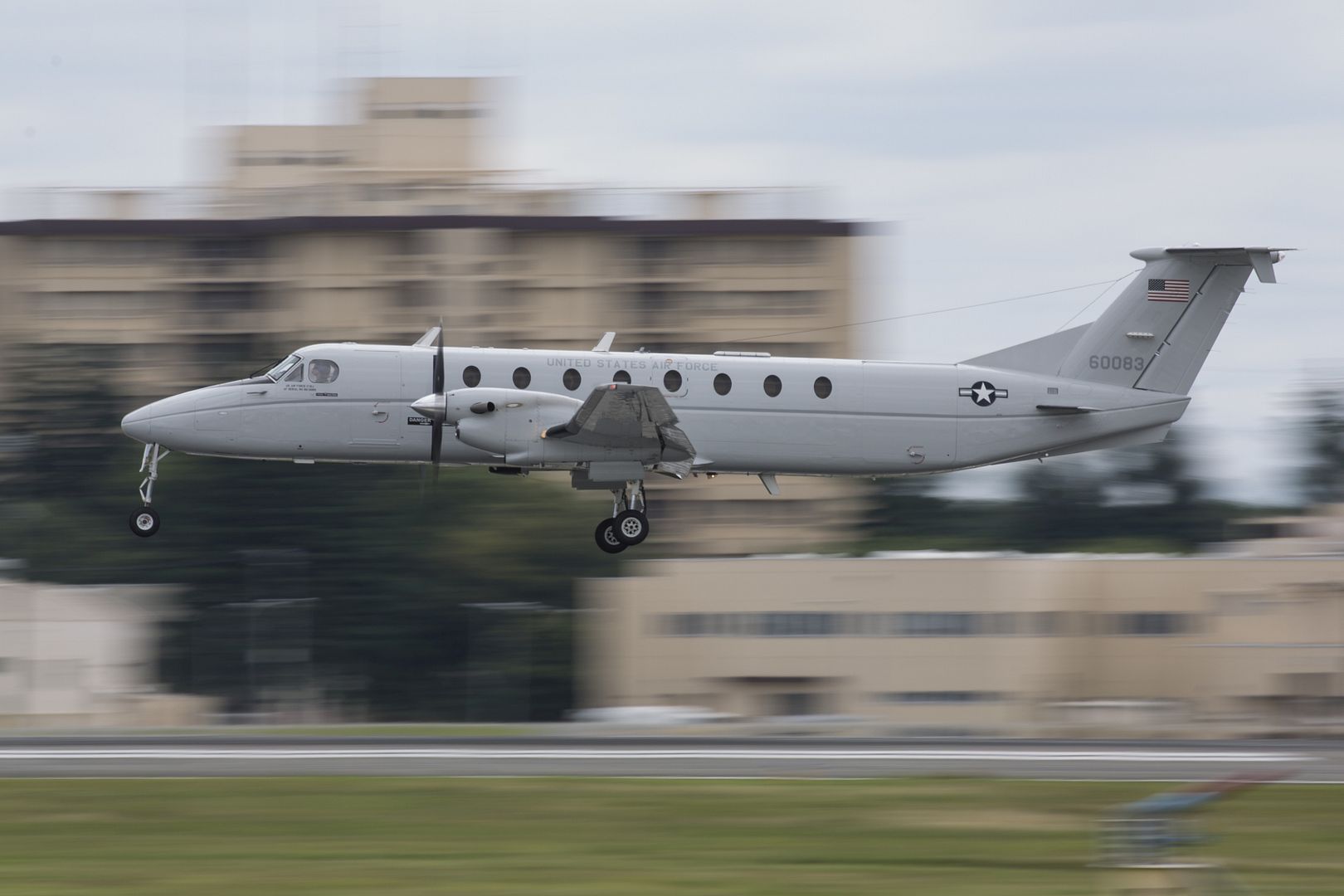
MEDITERRANEAN SEA (June 14, 2016) An F/A-18C Hornet, assigned to the Rampagers of Strike Fighter Squadron (VFA) 83 lands on the flight deck of the aircraft carrier USS Harry S. Truman (CVN 75). The Harry S. Truman Carrier Strike Group is deployed in support of Operation Inherent Resolve, maritime security operations and theater security cooperation efforts in the U.S. 6th Fleet area of operations. (U.S. Navy photo by Mass Communication Specialist 2nd Class Ethan T. Miller/Released)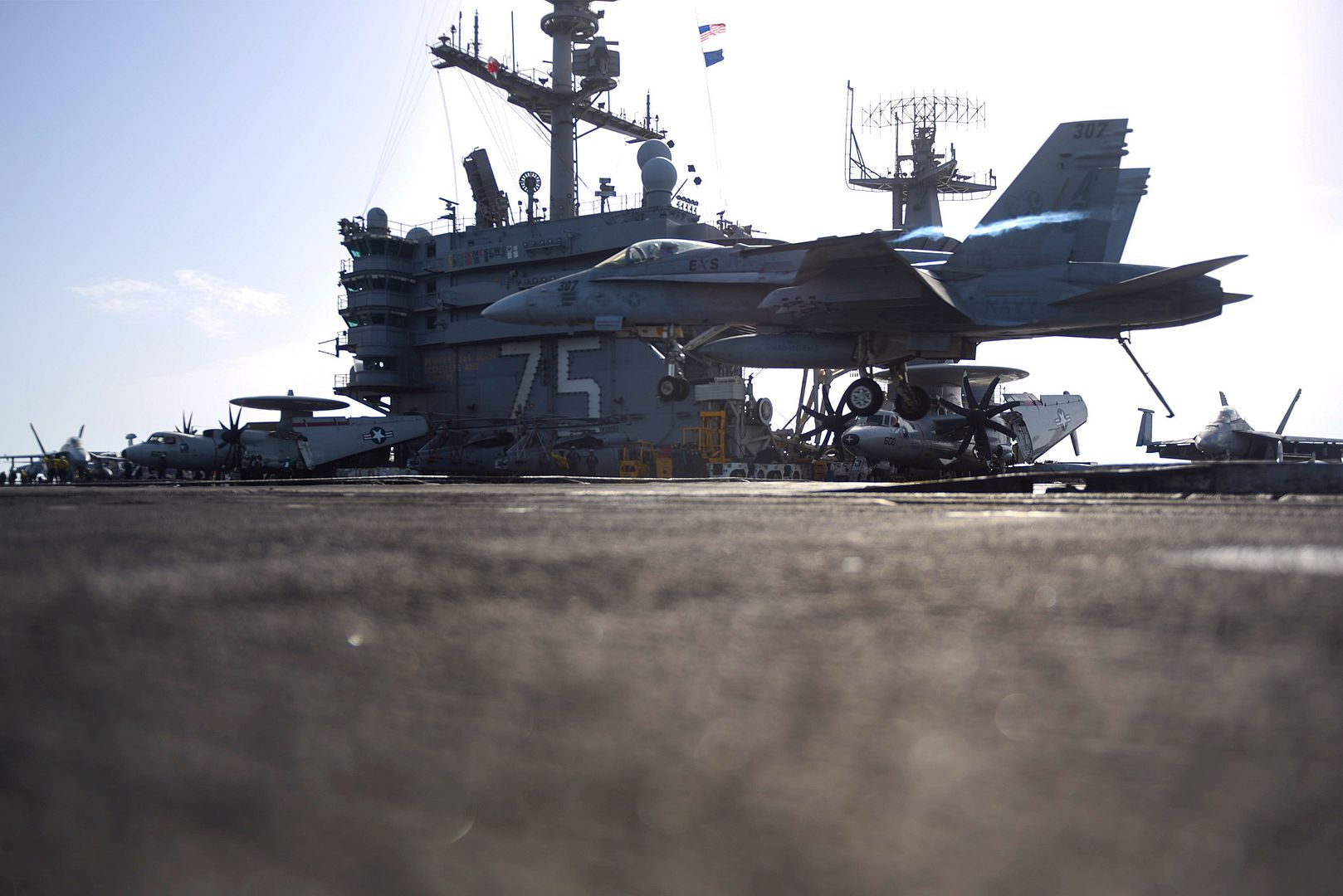
ARABIAN GULF (June 14, 2016) An AV-8B Harrier II assigned to the 13th Marine Expeditionary Unit (13th MEU) takes off from the flight deck of the amphibious assault ship USS Boxer (LHD 4). Boxer is the flagship for the Boxer Amphibious Ready Group and, with the embarked 13th MEU, is deployed in support of maritime security operations and theater cooperation efforts in the U.S. 5th Fleet area of operations. (U.S. Navy photo by Mass Communication Specialist 3rd Class Craig Z. Rodarte/Released)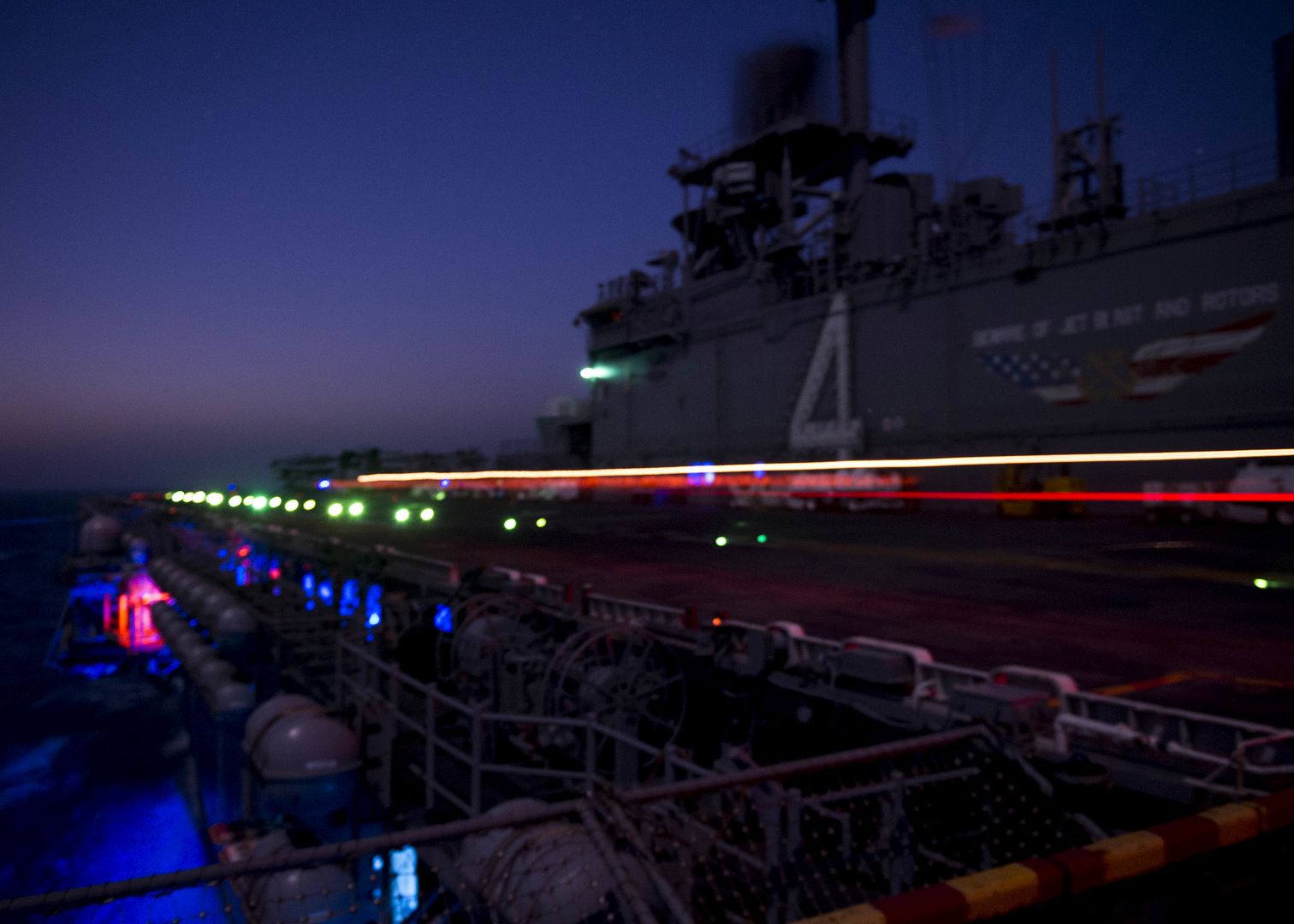
PHILIPPINE SEA (June 14, 2016) An F/A-18E Super Hornet assigned to the Tophatters of Strike Fighter Squadron (VFA) 14 lands aboard the aircraft carrier USS John C. Stennis (CVN 74) during routine flight operations. Providing a ready force supporting security and stability in the Indo-Asia-Pacific, John C. Stennis is operating as part of the Great Green Fleet on a regularly scheduled 7th Fleet deployment. (U.S. Navy photo by Mass Communication Specialist 3rd Class Tomas Compian/ Released)
Marines begin the installation of newly received auxiliary fuel tanks for the UH-1Y Venom at Marine Corps Air Station Futenma, Okinawa, Japan, June 14, 2016. ?We have never installed these in the fleet, which the Marines here with the engineers are accomplishing today,? said Maj. Carl A. Bailey, the executive officer of Marine Light Attack Helicopter Squadron 469, Marine Aircraft Group 39, 3rd Marine Aircraft Wing, currently assigned to Marine Aircraft Group 36, 1st Marine Aircraft Wing through the Unit Deployment Program. ?These are going to extend our range, our time on station and enable us to self-deploy throughout the Pacific area of operations. Our goal is to self-deploy to the Philippines, and if we can do that, we will not need C-17s, C-5s or any other aircraft. We won?t have to break down our own aircraft, we will just strap on the tanks and go.? The Marines are with HMLA 469. (U.S. Marine Corps photo by Cpl. Tyler S. Giguere)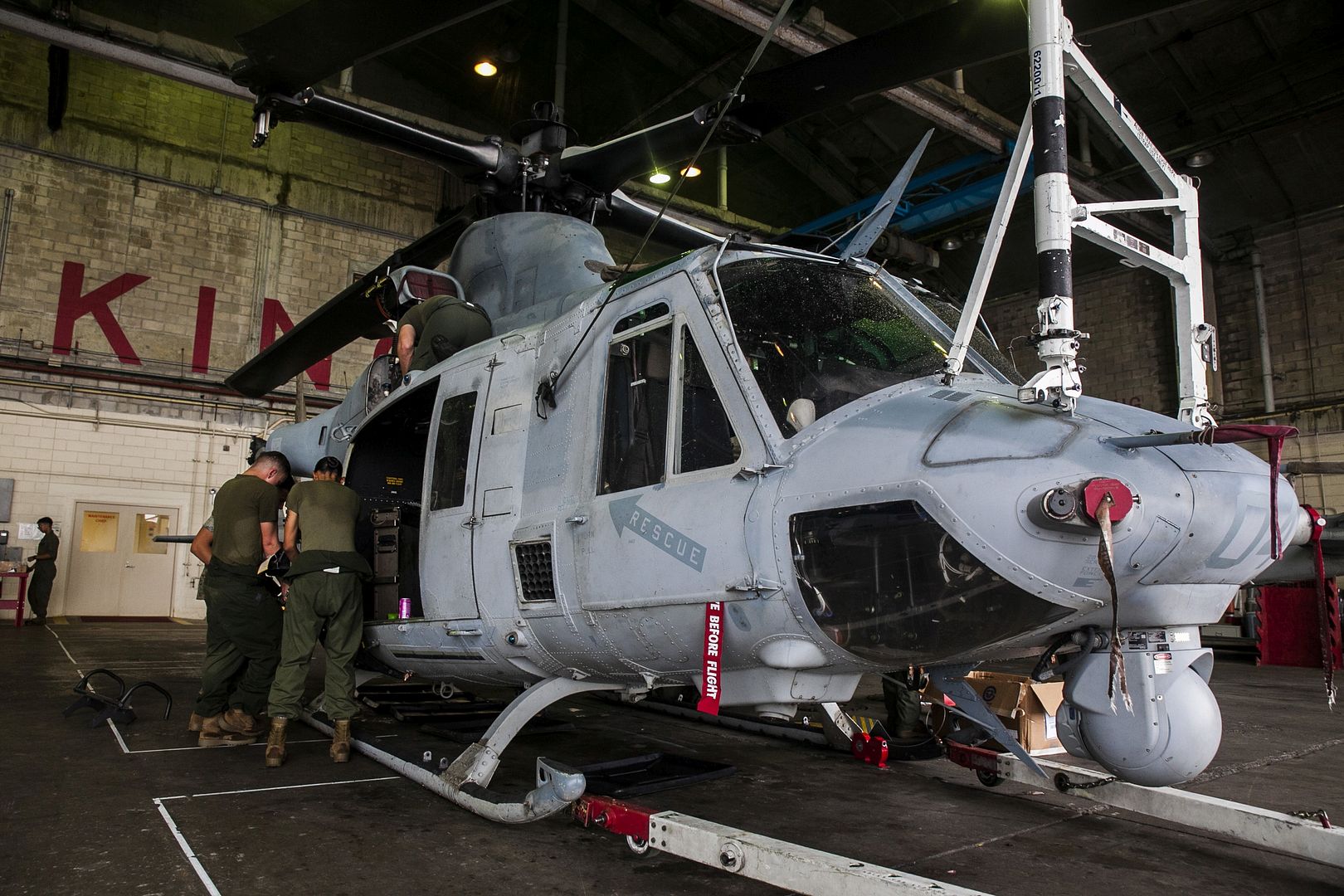
6/14/2016 - NELLIS AIR FORCE BASE, Nev. -- The U.S. Air Force Thunderbirds are excited to announce the return to the 2016 demonstration schedule, beginning this weekend in Ocean City, MD.
The Thunderbirds will perform at Hill Air Force Base's Warriors Over The Wasatch open house and air show June 25-26.
The Thunderbirds temporarily stood down for two weekends following an aircraft mishap on June 2 after performing the 2016 U.S. Air Force Academy graduation flyover in Colorado Springs, Colo. During the stand-down, the Team supported the safety investigation to collect details of the mishap.
The team looks forward to Thunderbird #6, Maj. Alex Turner, returning to fly early this week.
"His timeline to return to the demonstration will be made as Major Turner gets back into the air. We want to ensure that Alex is physically and mentally ready to go," said Lt. Col. Chris Hammond, Thunderbird #1, commander/leader.
"I have 100 percent confidence in our team and our training to go out and perform a safe and exciting demonstration," said Hammond. "The Thunderbirds are comprised of 130 incredible professionals who believe in the importance of our mission to represent the world's greatest Air Force.
6/14/2016 - JOINT BASE ELMENDORF-RICHARDSON, Alaska -- "The number one goal is to collect human remains, to have them identified and bring closure to family members," said Capt. Jason Collier, Alaskan Command Operation Colony Glacier project officer.
Collier is referring to Operation Colony Glacier, an annual mission to recover remains, wreckage and debris from the 1952 crash of a U.S. Air Force C-124 Globemaster II onto Colony Glacier.
Fifty-two military members lost their lives when the C-124 went down on Mt. Gannett just 40 miles from its destination, then Elmendorf Air Force Base. And even though it's been 64 years, the search for remains and wreckage continues every summer by personnel from Alaskan Command, the Alaska National Guard, Air Force Mortuary Affairs Operations, U.S. Army Alaska, 673d Air Base Wing, 3d Wing and Detachment 1, 66th Training Squadron.
"It's an emotional rollercoaster for me," said Tonja Anderson-Dell, granddaughter of Isaac William Dell, Sr., a 21-year old Airman that died when the plane crashed. Anderson-Dell is still hoping to have the remains of her grandfather identified and returned to her family.
"It keeps me driven. I want to bring him back home," said Anderson-Dell about the wait to hear that her grandfather's remains have been found. "I wanted to come out, give them [the recovery team] some support and let them know that the families are there and want to thank them for all the hard work they're doing. They're taking a big risk for us."
The icy landscape, unpredictable weather and the ever-changing environment of the glacier presents very unique challenges to the mission.
"It's not a daily task. Safety is paramount here. We put this team together a year ago; we sent people to mountaineer training," said Allen Cronin, AFMAO Past Conflicts branch chief. "It's difficult. It's different. It's different from other recoveries because it's ever changing. Three days ago it [the glacier] looked different. Today you see humps and crevasses that are wider from three days ago."
A joint effort and diverse team is essential to the success of this mission. The operation requires diverse skills, jobs and expertise from the Air Force, Army and Alaska National Guard to safely complete the recovery each summer.
"Absolutely, it's worth the risk," said Collier on the dangers of the mission and the glacier. "There are still 20 servicemembers that haven't been identified and their family members are hoping to get them back. Some of them were a 1- or 2-year-old daughter or son whose father perished. There are still some parents alive whose son was on the flight that was an 18- or 19-year-old Airman. It definitely brings closure."
On that fateful day in November 1952, the aircraft took off from McChord Air Force Base, Wash., with 42 Airmen, eight Soldiers, one Marine and one Sailor onboard. As the plane neared its destination, dangerous weather caused the plane to crash. A search party was dispatched and the aircraft's tail was spotted, but the harsh Alaskan conditions forced the recovery effort to be suspended. The wreckage remained buried and hidden at the base of Mt. Gannett until June 9, 2012 when an Alaska Guard UH-60 Black Hawk helicopter crew noticed debris while on a training mission.
Since 2012, 32 of 52 servicemembers have been recovered, identified and returned home.
Dependent on the constantly changing weather of the glacier, this year's operation is being conducted from June 1 to 30 and will likely be conducted during the same timeframe next year as well.
"As long as the glacier keeps producing remains and aircraft parts and pieces we're going to keep doing the mission," stated Collier.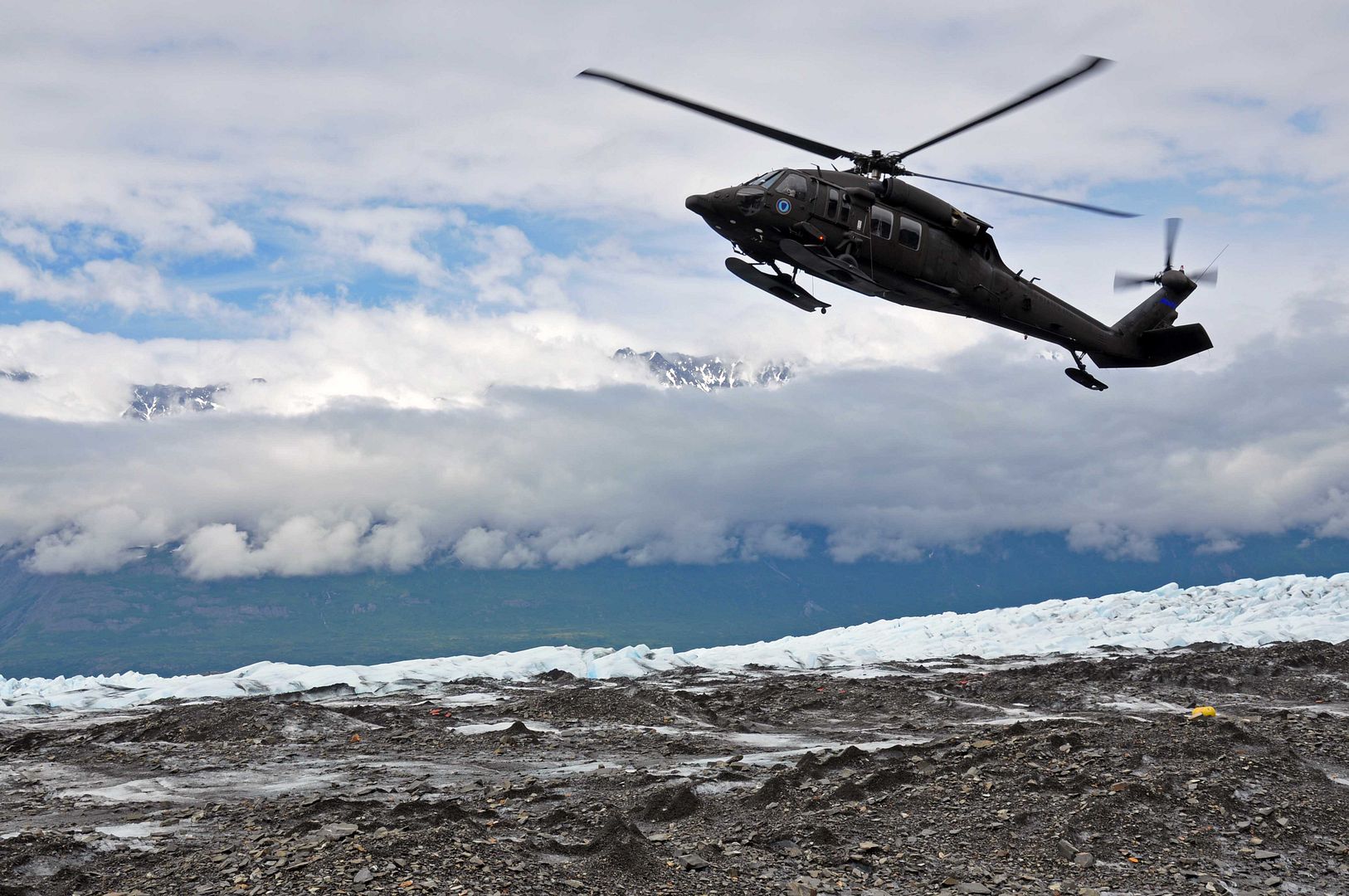
S?o Jos? dos Campos, Brazil, June 13, 2016 - Embraer Executive Jets has delivered the first Phenom 100E to Etihad Flight College, a wholly-owned subsidiary of Etihad Airways, the national airline of the United Arab Emirates. The aircraft arrived yesterday in the city of Al Ain, base of the flight school established to train ab-initio pilots for the airline?s rapidly expanding fleet.
?Designed for high utilization with a pilot-friendly cockpit and docile flying qualities, the Phenom 100E has been considered an obvious choice by airlines for preparing its cadets for multi-engine jet operations?, said Marco Tulio Pellegrini, President and CEO, Embraer Executive Jets. ?I?m glad to start deliveries of the Phenom 100E to Etihad Flight College, which will be the first flight school to use the aircraft in the initial phase of flying training.?
Embraer and Etihad Flight College announced a contract for four Embraer Phenom 100E in June 2015. A second Phenom 100E is scheduled to arrive at the flight college?s base later this month. Two additional jets will be delivered in early 2017.
?The Phenom 100E is an exciting new asset for Etihad Flight College. The airline-grade technology, performance and reliability make the Phenom an ideal initial training aircraft to prepare our students for line operations,? said Philip Chandler, Etihad Flight College?s General Manager. ?Our flight college is a world-class training facility, producing a constant stream of well trained, highly-skilled pilots ? the majority of whom are Emirati ? for the growing operations of Etihad Airways.?
Embraer currently has over 20 Phenom 100E orders for flight training proposes, including options. Recently, the aircraft was also selected to provide multi-engine pilot training to armed forces aircrew ? Royal Air Force, Royal Navy and British Army ? in the United Kingdom. The contract with Affinity Flight Training Services (AFTS) will provide five aircraft to the U.K Ministry of Defence?s Military Flying Training System, (UKMFTS) program.
The Phenom 100E, Embraer?s first clean-sheet design light jet, which revolutionized the entry-level market, is also used by flight schools in the US, Finland and Australia for pilot training and instruction. A fleet of over 330 Phenom 100s is in operation worldwide.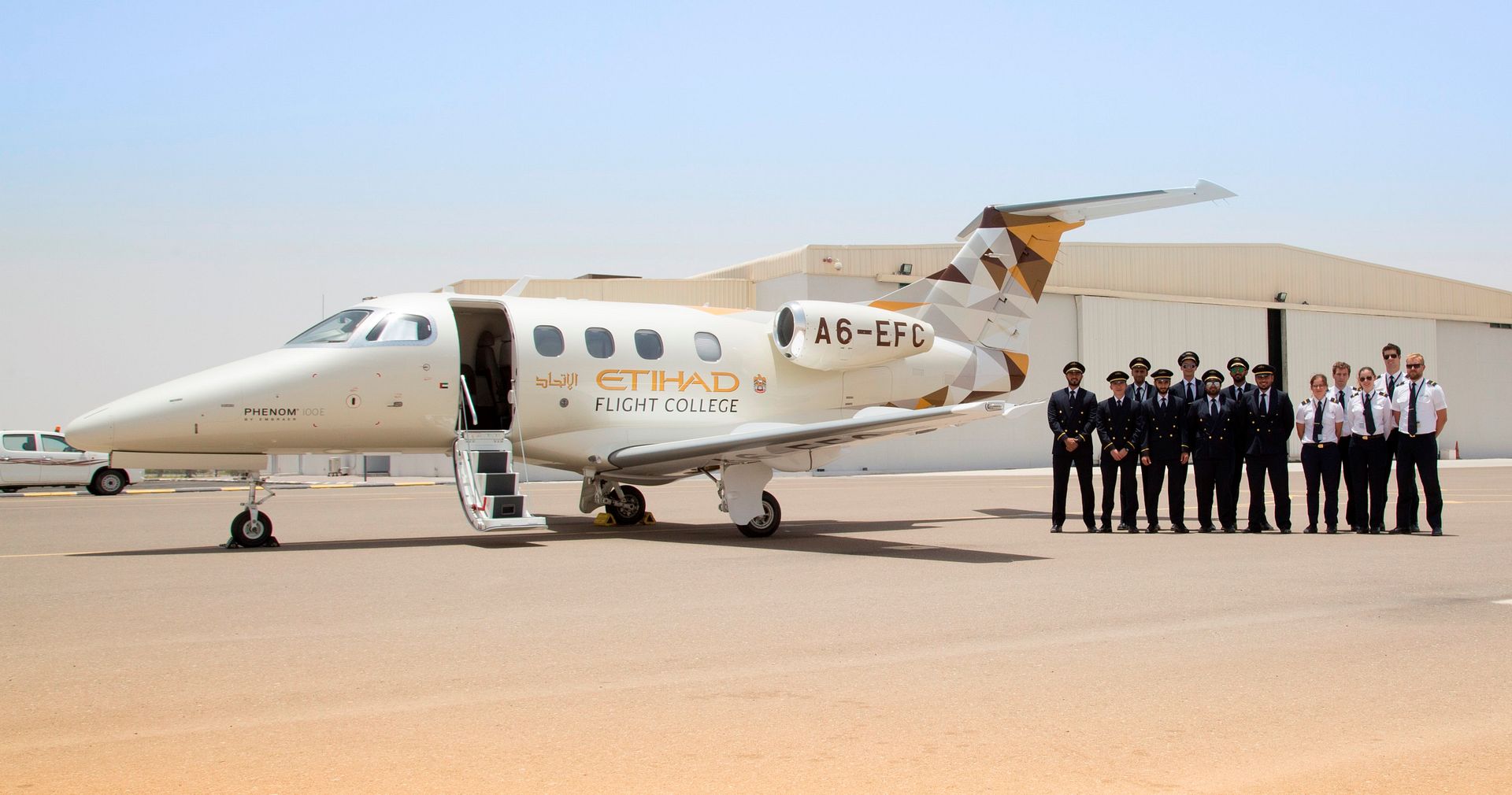
-
 Main AdminU.S. Air Force Staff Sgt. William Robb, a resource advisor and F-16 Fighting Falcon dedicated crew chief with the18th Aircraft Maintenance Unit, supervises arming procedures during RED FLAG-Alaska 16-2, on Eielson Air Force Base, Alaska, June 15, 2016. (U.S. Air Force photo by Tech. Sgt. Steven R. Doty)
Main AdminU.S. Air Force Staff Sgt. William Robb, a resource advisor and F-16 Fighting Falcon dedicated crew chief with the18th Aircraft Maintenance Unit, supervises arming procedures during RED FLAG-Alaska 16-2, on Eielson Air Force Base, Alaska, June 15, 2016. (U.S. Air Force photo by Tech. Sgt. Steven R. Doty)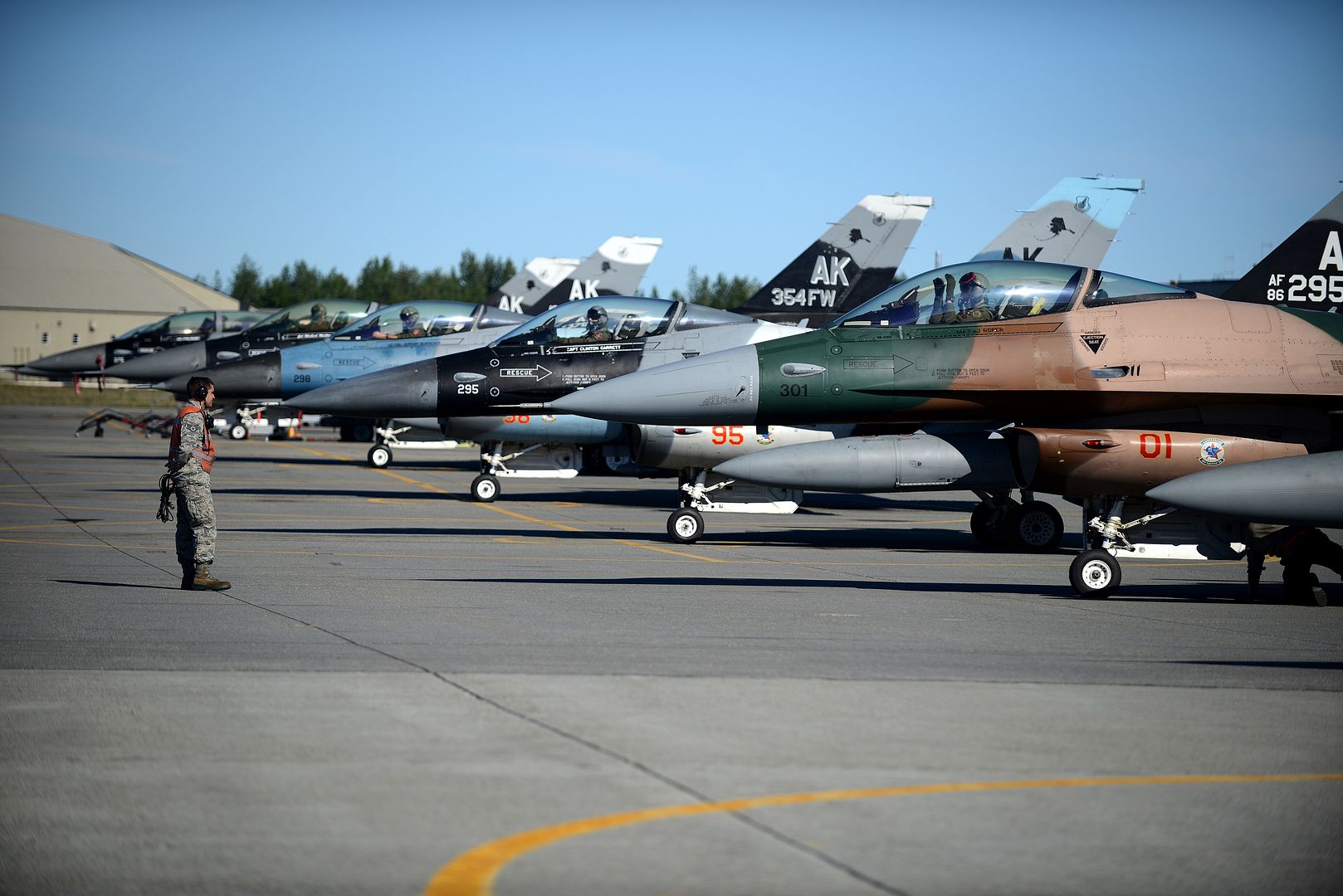
An F-16 Fighting Falcon assigned to the 18th Aggressor Squadron, departs for take-off during RED FLAG-Alaska 16-2, on Eielson Air Force Base, Alaska, June 15, 2016. (U.S. Air Force photo by Tech. Sgt. Steven R. Doty)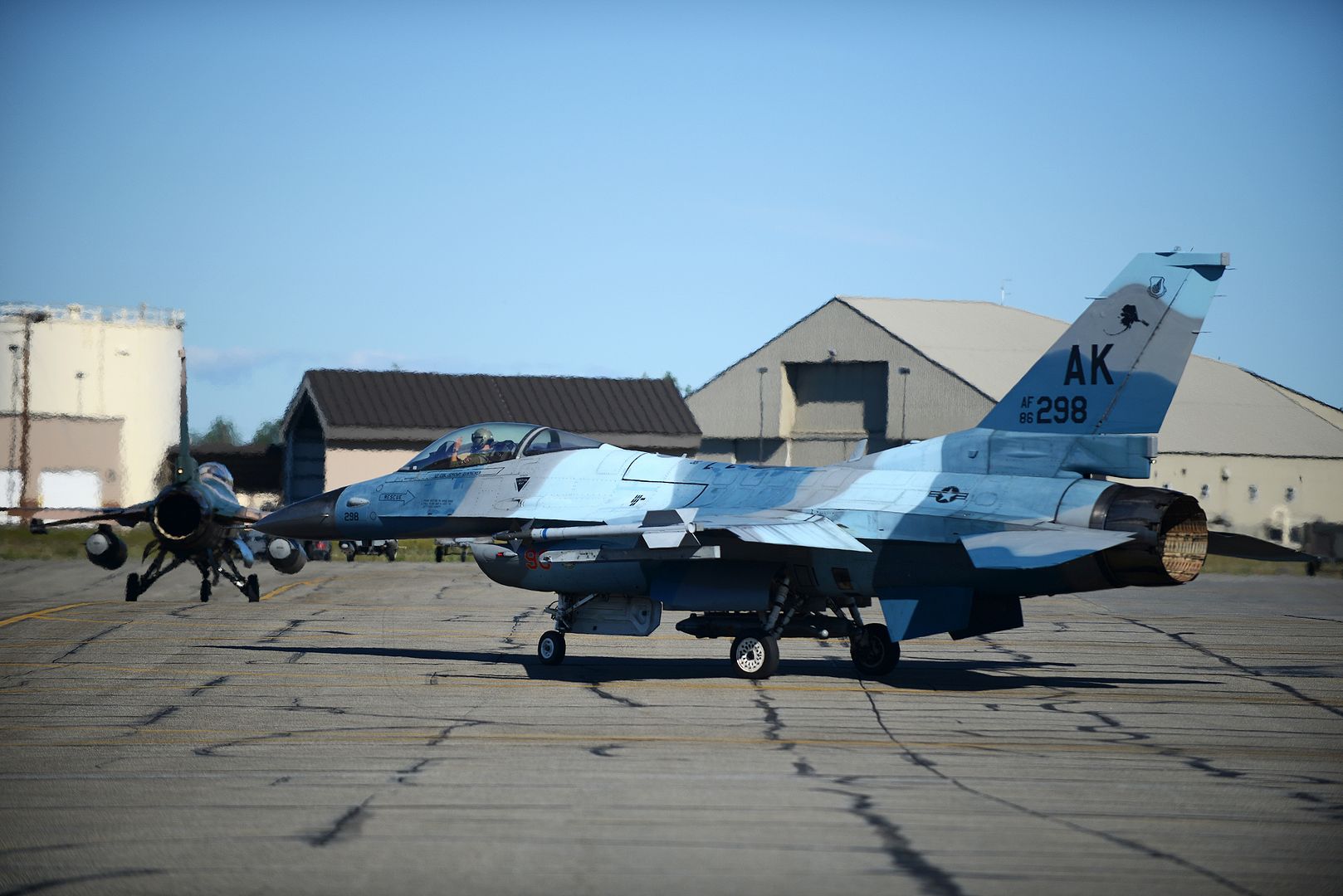
MEDITERRANEAN SEA (June 13, 2016) An F/A-18F Super Hornet, assigned to the "Jolly Rogers" of Strike Fighter Squadron (VFA) 103, prepares to land on the flight deck of aircraft carrier USS Harry S. Truman (CVN 75). Harry S. Truman Carrier Strike Group is deployed in support of Operation Inherent Resolve, maritime security operations and theater security cooperation efforts in the U.S. 6th Fleet area of operations. (U.S. Navy photo by Mass Communication Specialist 3rd Class Justin R. Pacheco/Released)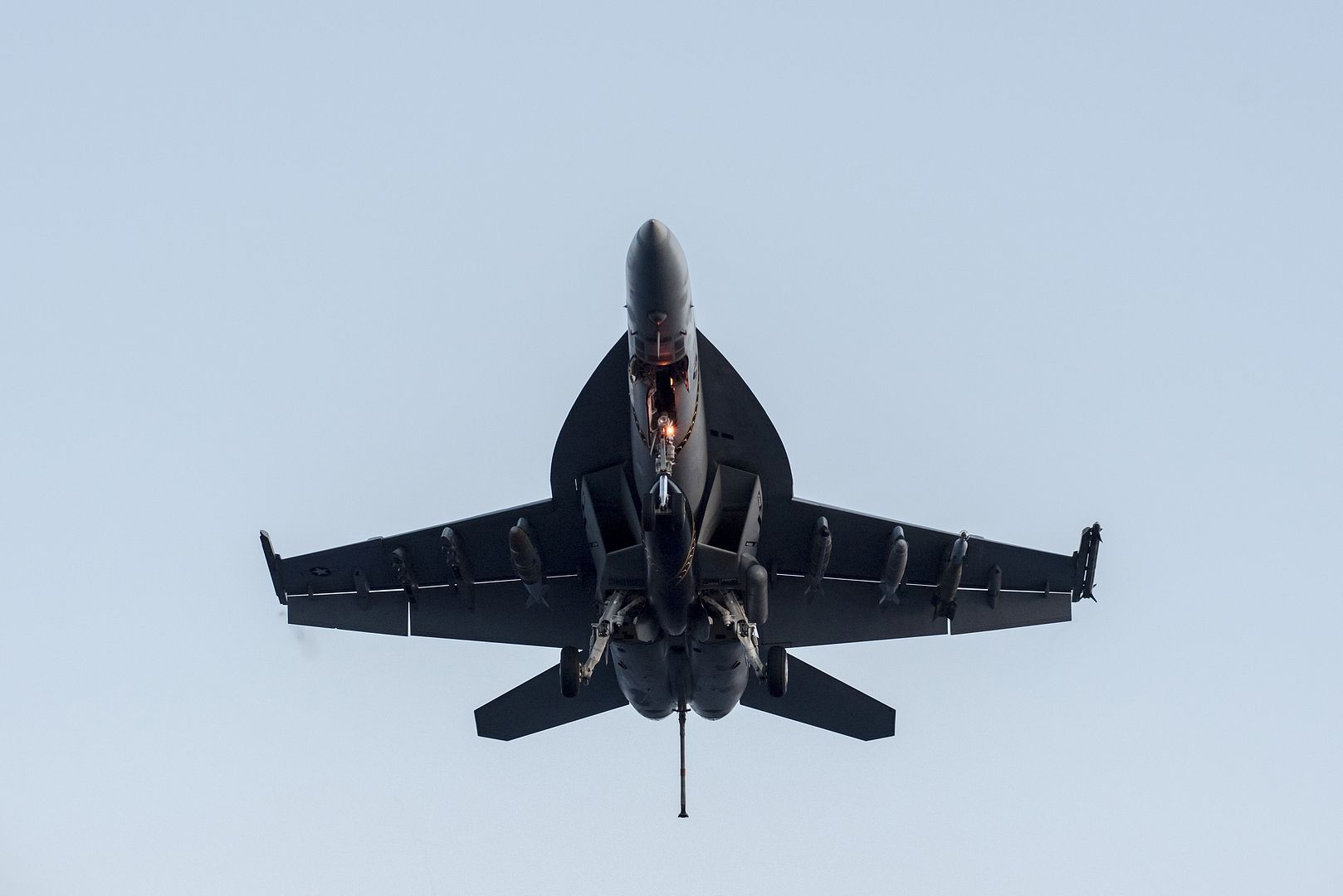
ROTA, Spain (June 14, 2016) A P-3C Orion aircraft, assigned to Patrol Squadron (VP) 4, prepares to depart from Naval Station Rota to conduct both maritime domain awareness flights and anti-submarine warfare training. U.S. 6th Fleet, headquartered in Naples, Italy, conducts the full spectrum of joint and naval operations, often in concert with allied, joint, and interagency partners, in order to advance U.S. national interests and security and stability in Europe and Africa. (U.S. Navy photo by Aviation Warfare Operator 2nd Class Clifford Rau/Released)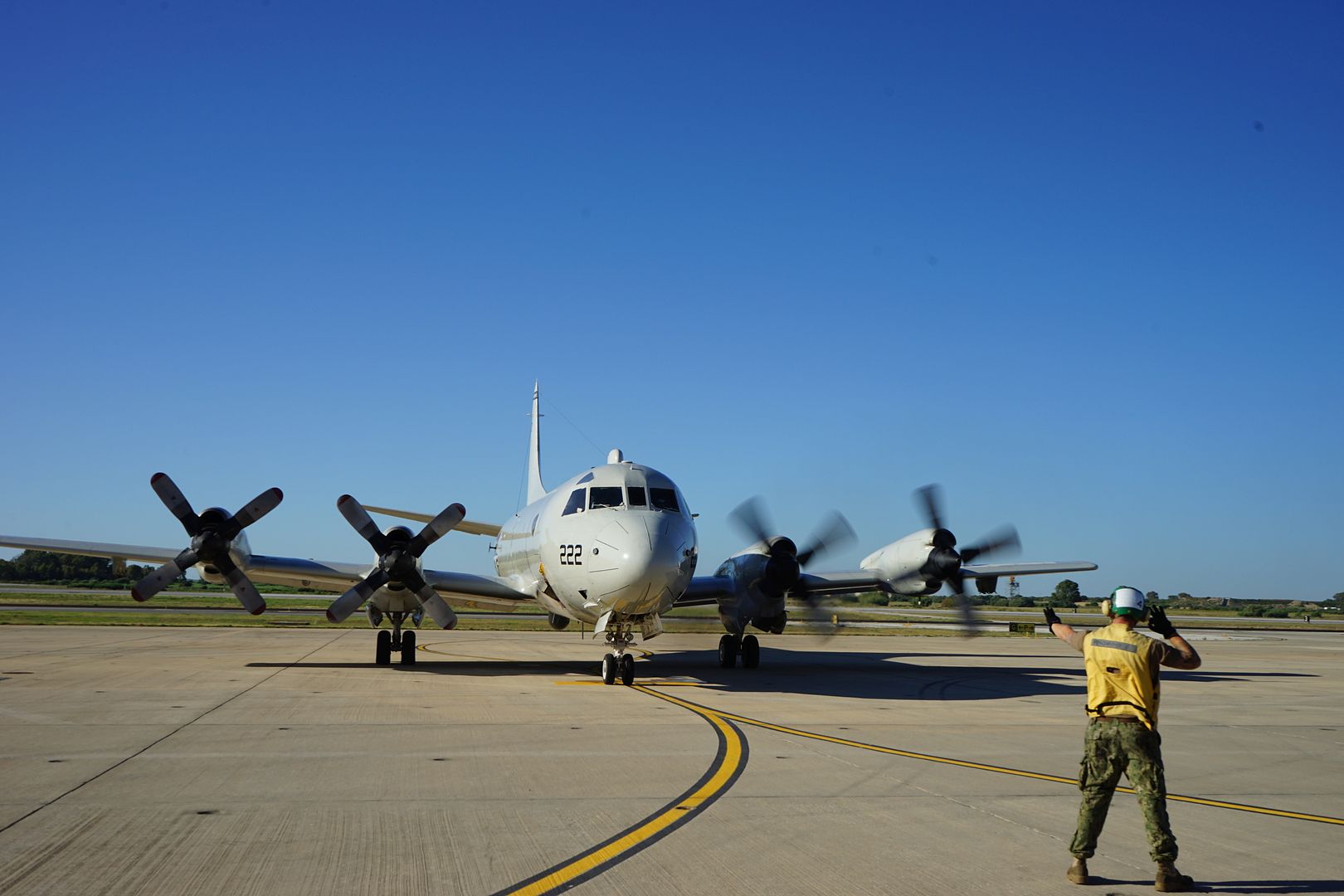
MEDITERRANEAN SEA (June 14, 2016) An EA-18G Growler, assigned to the ?Patriots? of Electronic Attack Squadron (VAQ) 140, launches from the flight deck of aircraft carrier USS Harry S. Truman (CVN 75). Harry S. Truman Carrier Strike Group is deployed in support of Operation Inherent Resolve, maritime security operations and theater security cooperation efforts in the U.S. 6th Fleet area of operations. (U.S. Navy photo by Mass Communication Specialist 3rd Class Bobby J Siens/Released)
PHILIPPINE SEA (June 15, 2016) An E-2C Hawkeye assigned to the Golden Hawks of Airborne Early Warning Squadron (VAW) 112 lands aboard the aircraft carrier USS John C. Stennis (CVN 74) during Malabar 2016. A trilateral maritime exercise, Malabar is designed to enhance dynamic cooperation between the Indian Navy, Japanese Maritime Self-Defense Force (JMSDF) and U.S. Navy forces in the Indo-Asia-Pacific. (U.S. Navy photo by Mass Communication Specialist 3rd Class Kenneth Rodriguez Santiago/Released)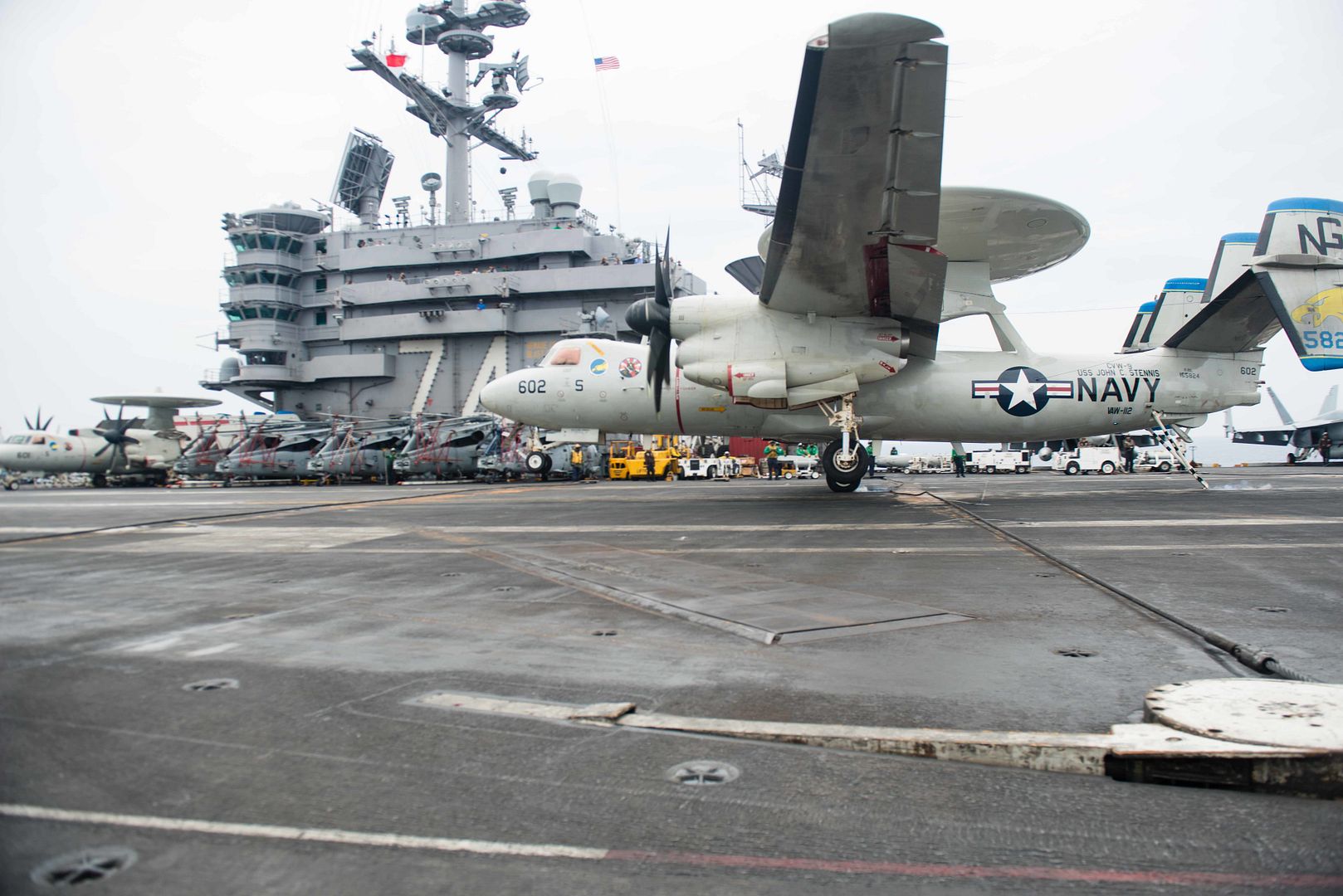
Dutch Army paratroopers jump into Bunker Drop Zone at Grafenwoehr, Germany, June 15, 2016, during Exercise Swift Response 16.
Exercise Swift Response is one of the premier military crisis response training events for multi-national airborne forces in the world. The exercise is designed to enhance the readiness of the combat core of the U.S. Global Response Force - currently the 82nd Airborne Division's 1st Brigade Combat Team - to conduct rapid-response, joint-forcible entry and follow-on operations alongside Allied high-readiness forces in Europe. Swift Response 16 includes more than 5,000 Soldiers and Airmen from Belgium, France, Germany, Great Britain, Italy, the Netherlands, Poland, Portugal, Spain and the United States and takes place in Poland and Germany, May 27-June 26, 2016.
(U.S. Army photo by Visual Information Specialist Markus Rauchenberger/released)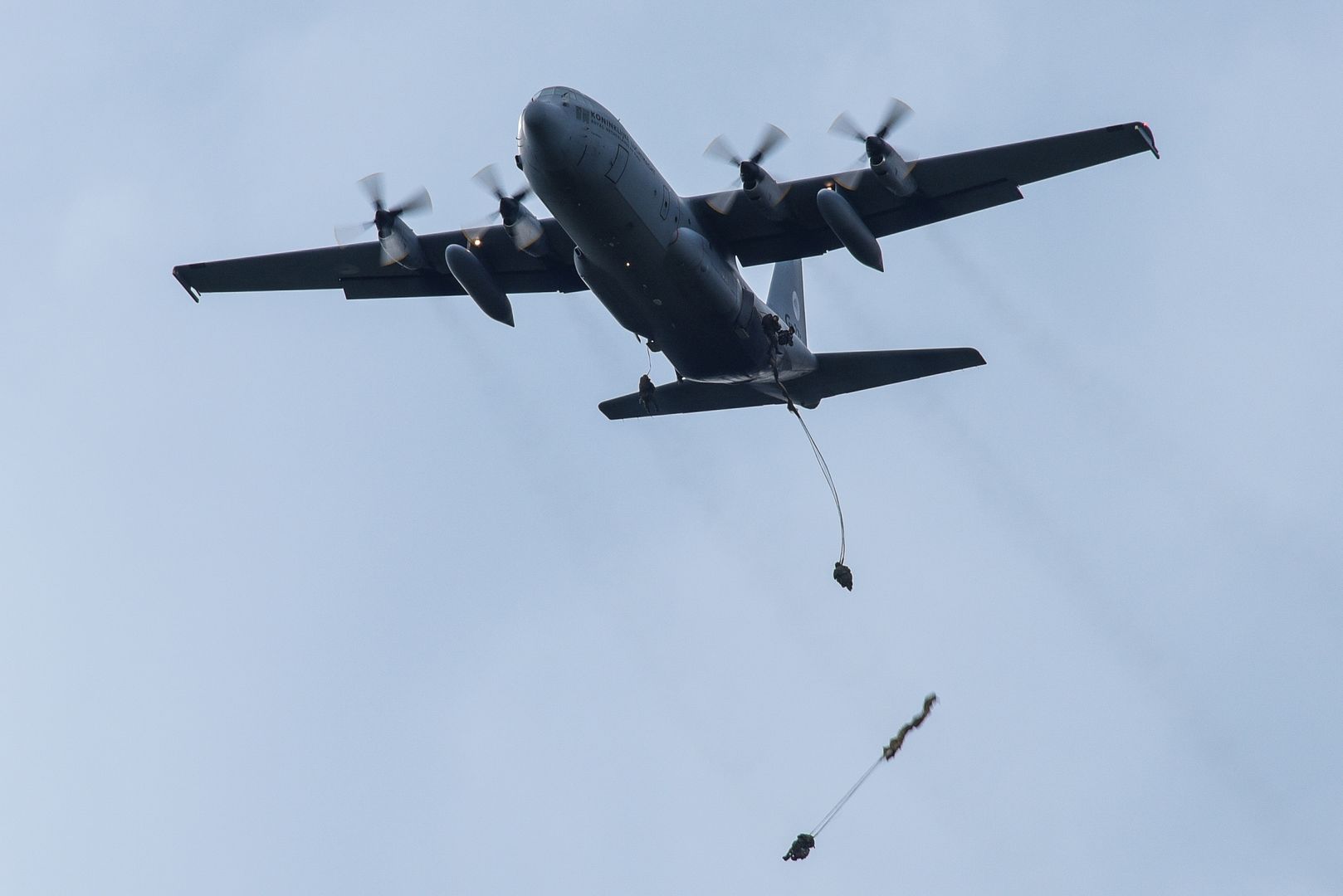
Exercise MAPLE FLAG 49 is being held over two periods of two weeks each: May 30 to June 10, 2016, and June 13 to 24, 2016. The schedule focuses primarily on support to the primary exercise, Maple Flag, but will include elements of Exercise MAPLE RESOLVE alongside the Canadian Army during the first week of the first period, held in Wainwright, Alberta.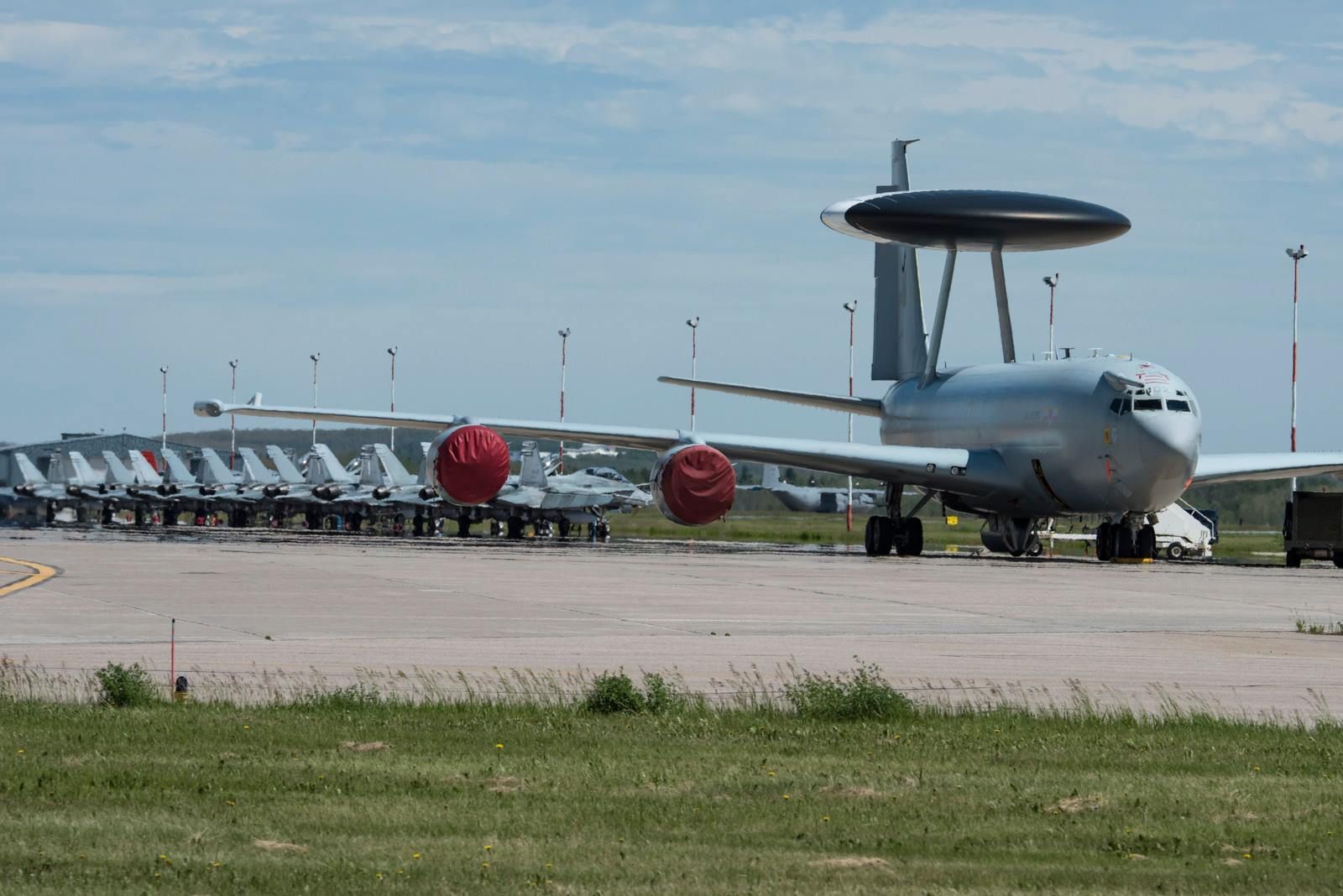
Exercise MAPLE FLAG is a premier opportunity to prepare participants for global operations, by enabling joint operations training within the Canadian Armed Forces, and fostering combined multi-national coordination and cooperation.
Exercises like Maple Flag and Maple Resolve support necessary training and confirmation for the Canadian Armed Forces as well as elements of NATO allied forces, all in an effort to be better prepared for real world operations.
Exercise MAPLE FLAG 49 will include activities in areas such as command and control; air-to-air and air-to-surface operations; air-to-air refueling; intelligence, surveillance and reconnaissance; tactical airlift; tactical aviation; and close air support, all in an unrestricted, world-class controllable environment.
Portions of the Tactics Electronic Warfare Instructor Course (TEWIC) will also be taking place during the first period of Maple Flag. TEWIC is an advanced level qualification course for Aircrew, Intelligence, and Engineering/Scientific personnel. The goal of the course is to prepare candidates to operate effectively in today?s highly specialized, joint and combined, modern Electronic Warfare environment.
-
9 years ago
 Level 1Airbus tests 3D-printed mini aircraft prototype
Level 1Airbus tests 3D-printed mini aircraft prototype
French plane maker Airbus has tested a small-sized pilotless aircraft prototype known as testing high-tech objectives in reality (THOR), which implements 3D printing or additive layer manufacturing processes. Powered by two 1.5kW electrically driven propellers, the initial THOR version weighs around 21kg and can fit in a 4m? area. It is reported that 90% of THOR's structural components were 3D-printed from plastic polyamide powder.
Airbus Germany emerging technologies and concepts activity official and THOR project lead Detlev Konigorski said: "This mini aircraft does not represent an actual airliner design Airbus is considering, rather it is a platform to enable low-risk and fast-track development of different technologies in real flying conditions. "The first version was to test whether the slogan 'Print me an airplane' can be converted into reality."
THOR includes an existing design concept and around seven weeks were required to print its 60 structural segments, followed by around one week for assembly and three days to fine tune the electrical systems before it was flight-ready. Compared with traditional manufacturing process, 3D-printing has reduced the development time for producing the technology demonstrator of THOR.
Last year, THOR made its initial flight and has recently resumed testing. Konigorski added: "The first flight was simply about flying. "Now, we want to generate basic data on things like altitude, speed and acceleration in a turn." Follow-on THOR versions are currently being assembled at Airbus' new Center of Applied Aeronautical Research in Hamburg, Germany. -
9 years ago
 Level 1Bombardier receives EASA and FAA type validation for CS100 aircraft
Level 1Bombardier receives EASA and FAA type validation for CS100 aircraft
Canada's Bombardier Commercial Aircraft has received type validation by the European Aviation Safety Agency (EASA) and the US Federal Aviation Administration (FAA) for its CS100 aircraft after conducting a testing programme.
Following the EASA validation, Bombardier will be able to deliver the first CS100 aircraft to launch operator Swiss International Air Lines (SWISS) at the end of this month. The validation has also enabled the aircraft's entry into service in July.
With the FAA validation, the CS100 aircraft will be able to operate in the US. Last year, the CS100 aircraft received type certification from Transport Canada. Bombardier Commercial Aircraft C Series programme vice president Robert Dewar said: "As we move quickly towards the delivery of the first CS100 aircraft to SWISS, we are gratified that several aviation leaders are confirming what we have been saying all along; the C Series aircraft will open up new opportunities for operators, while delivering unrivalled economic advantages, performance, and environmental credentials."
Bombardier noted that its C Series family of aircraft features a new design that offers operators up to $13m extra value for each aircraft. Designed for the 100 to 150 seat market segment, the C Series aircraft is equipped with Pratt & Whitney PurePower PW1500G engine, 19in-wide seats, and large overhead bins. In May, the CS100 aircraft's launch customer SWISS chose Bombardier's Smart Parts Programme to provide component support for the airline's fleet of 30 new C Series aircraft.
Under the ten-year agreement, SWISS will be receiving comprehensive component maintenance, repair and overhaul (MRO) services from Bombardier. -
9 years ago
 Level 1SpaceX launches Eutelsat 117 WEST B and ABS-2A satellites
Level 1SpaceX launches Eutelsat 117 WEST B and ABS-2A satellites
US-based Space Exploration Technologies (SpaceX) has launched the Eutelsat 117 West B and ABS-2A communication satellites into space from Cape Canaveral, Florida. Launched aboard a Falcon 9 rocket, Eutelsat 117 West B and ABS-2A will be respectively controlled by satellites operator Eutelsat Communications and ABS.
Eutelsat 117 West B was placed in a supersynchronous orbit 30min after lift-off, and the first telemetry from the satellite has been confirmed. The orbit-raising of Eutelsat 117 West B satellite will start on 18 June and last for around seven months. Then the satellite will go through in-orbit tests before entering into commercial service at 117? West in the first quarter of next year.
Eutelsat 117 West B is equipped with 48 Ku-band transponders and will provide coverage of Mexico, Central America and the Caribbean, South America and the Southern Cone. The satellite will also improve video capacities at 117? West and deliver major services to telecom operators and government service providers in Latin America.
EUTELSAT 117 West B also carried a Wide Area Augmentation System (WAAS) payload for Raytheon to enable the US Federal Aviation Administration (FAA) to enhance GPS signal accuracy from 10m to between 1m and 2m, improving aviation safety for users in Canada, Mexico, Puerto Rico and the continental US, including Alaska.
The newly launched ABS-2A satellite is the second of the pair of the new all-electric propulsion satellites, built by Boeing Satellite Systems International.
Equipped with an all Ku-band payload of 48 high-performance transponders, ABS-2A will connect Africa, MENA, Russia, South Asia and South East Asia regions. To be co-located with ABS-2, ABS-2A will provide improved broadcast and data services from 75? East.
During the launch, SpaceX attempted to bring its launch vehicle back to Earth, but the rocket was lost before it could made a landing on a drone barge in the middle of the Atlantic Ocean, reported CNN.
-
 Main AdminSoldiers of the Multi-national task group perform a demonstation during Anakonda 2016 in Drawsko Pomorskie, Poland, June 16. Anakonda 2016 is a Polish-led multinational exercise, taking place in Poland from June 7-17. This exercise involves more than 31,000 participants from more than 20 nations. (U.S. Army photo by Pfc. Antonio Lewis / Released)
Main AdminSoldiers of the Multi-national task group perform a demonstation during Anakonda 2016 in Drawsko Pomorskie, Poland, June 16. Anakonda 2016 is a Polish-led multinational exercise, taking place in Poland from June 7-17. This exercise involves more than 31,000 participants from more than 20 nations. (U.S. Army photo by Pfc. Antonio Lewis / Released)
WAKE ISLAND AIRFIELD, Mid-Pacific --
Two Korean Air Force C-130J Hercules airlifters landed on Wake Island Tuesday in the middle of the afternoon, bound from Hawaii to Guam to Korea, each island stop 86 degrees Fahrenheit, mostly sunny and entirely humid. The wind pushed from the northwest on Wake?s blue lagoon-flanked Runway 10 as a Korean general and a cabin full of Korean Air Force Academy cadets stepped onto the tarmac and piled into the terminal gift shop, and the Hercules? tanks were pumped full of jet fuel.
In moments, the island?s Korean population surged from zero to 110; the Koreans outnumbered the Americans by two-to-one and the sum of the Wake Island air inventory soared to two. Within an hour, they had left, the asphalt was vacant once more and a seagull, passing in its 20-minute traverse from one tip to the other of the tiny coral atoll, might again overlook the importance of Wake.
Yet the island?s strategic prominence measures far larger than its 2.8-square mile stature.
The airfield at Wake Island handles a modest 500 to 600 aircraft annually, but it does so with a staff of about six. The same three people marshal, service and refuel every plane. Liken those numbers to those of airports that see such traffic in a few days, and the tiny coral outpost?s contributions seem paltry.
But the runways of Chicago-O?Hare, for comparison, and the 72,000-plus flights they handle are suited for a different sort of work. Draw a 600-mile radius around Chicago and it will include every airport from Kansas City to Washington D.C.
Draw a 600-mile radius around Wake, and it?ll fall a hundred miles short of the next useful airstrip in the empty Pacific Ocean.
Oftentimes the most valuable service Wake provides is to the jets that hope to never see it, said Chris Bouley, airfield operations manager for Chugach Federal Services, Inc. at Wake Island Airfield. CFSI is a branch of Chugach Alaska, one of the state?s 13 Native corporations, and holds an $185 million contract for support to three Air Force installations including Wake and two remote Alaska sites.
Wake is the only 10,000-foot runway for a 4,000-mile stretch of Pacific Ocean, Bouley said. The next closest airfield at Kwajalein Atoll, also a U.S.-military run outpost almost 700 miles to the south, has a runway about 40 percent as long ? a length that would fit on Wake?s parking ramp.
More than 50 years ago, the Federal Aviation Administration built the facility now used as the atoll?s terminal and air tower. The airspace around Wake Island is labeled "Class E" by the FAA center in Oakland, meaning it?s technically uncontrolled, with no formal aircraft control requirement. Landing at the airfield is by "prior permission only," per FAA documents, but for aircraft that can?t make the voyage without help, Wake offers a both a safe landing and several million gallons of JP-5 jet fuel.
Unsurprisingly, Wake features on countless Pacific flight plans for commercial and military aircraft alike as a divert airfield, or a runway of last resort, if an emergency like a dead engine forces the plane to land mid-flight.
About four times a week, pilots from United Flight 200 and other Hawaii-to-Guam routes call to air traffic control after catching a glimpse of the island from 20 miles away and a few miles up, said David Seymour, one of Wake?s two air traffic control specialists.
"They call to exchange war stories about flying through Wake when they were in the service," said Seymour, himself a former scout and air traffic controller for the Army.
"They?re in the middle of an eight-hour leg across the middle of the Pacific," he added, "and sometimes they just want to know someone?s down below ? just in case."
Though an Air Force airfield, Wake handles nearly twice as many Navy and Marine Corps planes most years, the island?s air traffic control records show.
The most common flights through Wake are bundles of refueling tankers leapfrogging with fighter jets and cargo planes from the mainland United States to allied bases in Japan and Korea, Seymour said.
Wake supports more than two dozen cross-Pacific bound aerial groups annually. The Navy?s F/A-18 Super Hornets predominate, with supporting Air Force KC-135 Stratotanker and KC-10 Extender refueling tankers, followed by Marine Corps C-130s and an assortment of other military and civilian aircraft.
The area around the Wake Island terminal is itself a token of the airfield?s roll call of itinerants. The old control tower stands vacant across the runway, left after storms and the consolidation of staff after the Air Force passed most of the work of maintaining the base to contractors in the 2000s.
The buildings around the airfield are covered in stickers and memorabilia from stopover aircraft, each a legacy of squadron or a handful of aviators passing through Wake.
The pre-war days of flying boats pulling into the Pan American Airways hotel are long past; only the foundations of the vanished old lodge, inscribed "1936," still stand. But for generations of aircraft roaming the ocean, from afterburning fighter-bombers to lonely commercial copilots making the long haul across the Pacific, the island remains a useful stepping-stone, even in an era of supersonic jet aviation.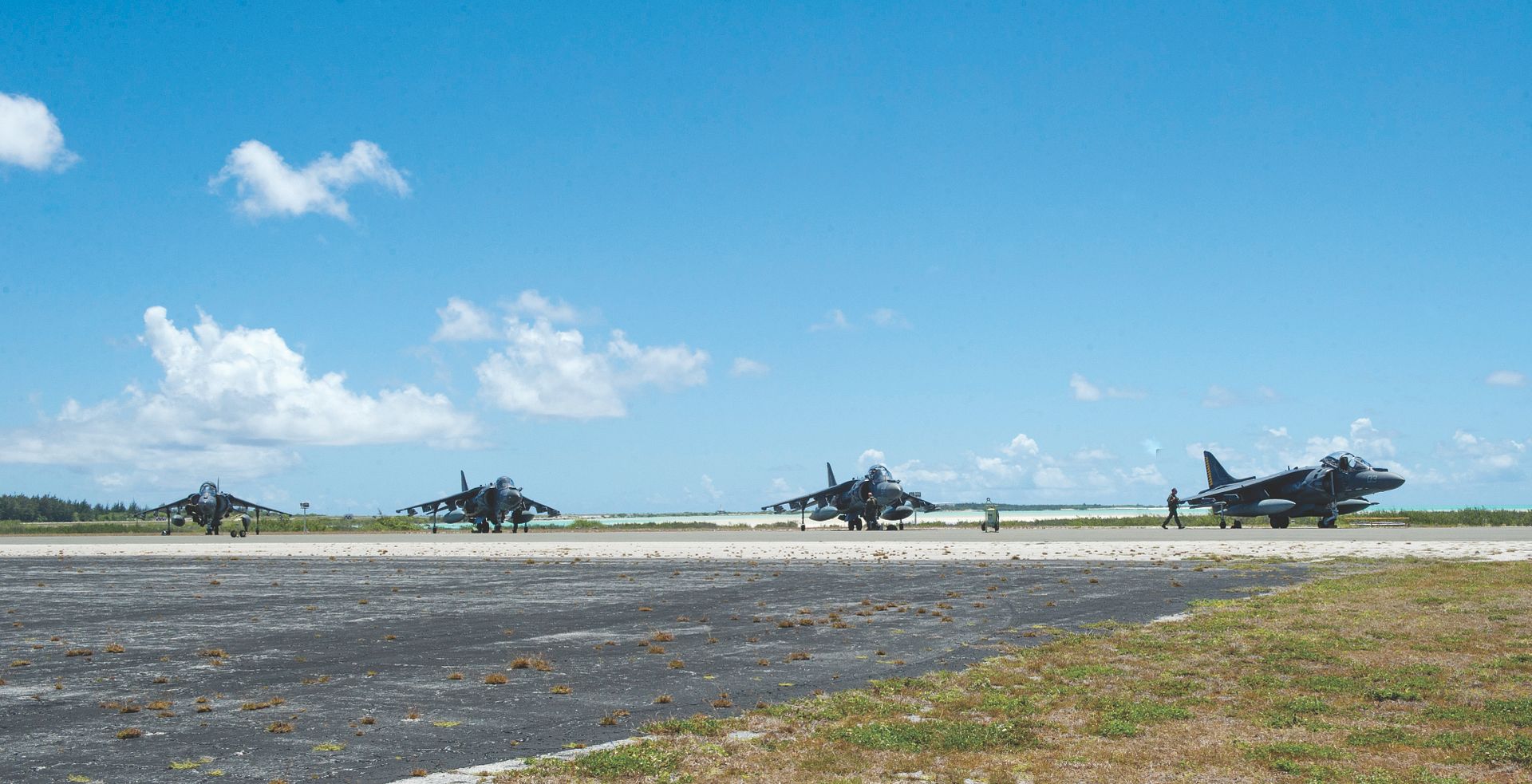
It was the end of an era yesterday as we said a final farewell to the Merlin helicopters as the last aircraft departed for their new home at RNAS Yeovilton.
The Merlin came into service with the Royal Air Force in 2001 and contributed to operations in Bosnia, Iraq and Afghanistan before being transferred to the Royal Navy in 2014. The Merlin will continue in service with the Commando Helicopter Force as they support the Royal Marines and maritime operations across the globe.
Royal Canadian Air Force CF-18 Hornet
Ex MAPLE FLAG 49, 4 Wing Cold Lake, Alberta
Tuesday June 14, 2016.
Photo: Cpl Manuela Berger, 4 Wing Imaging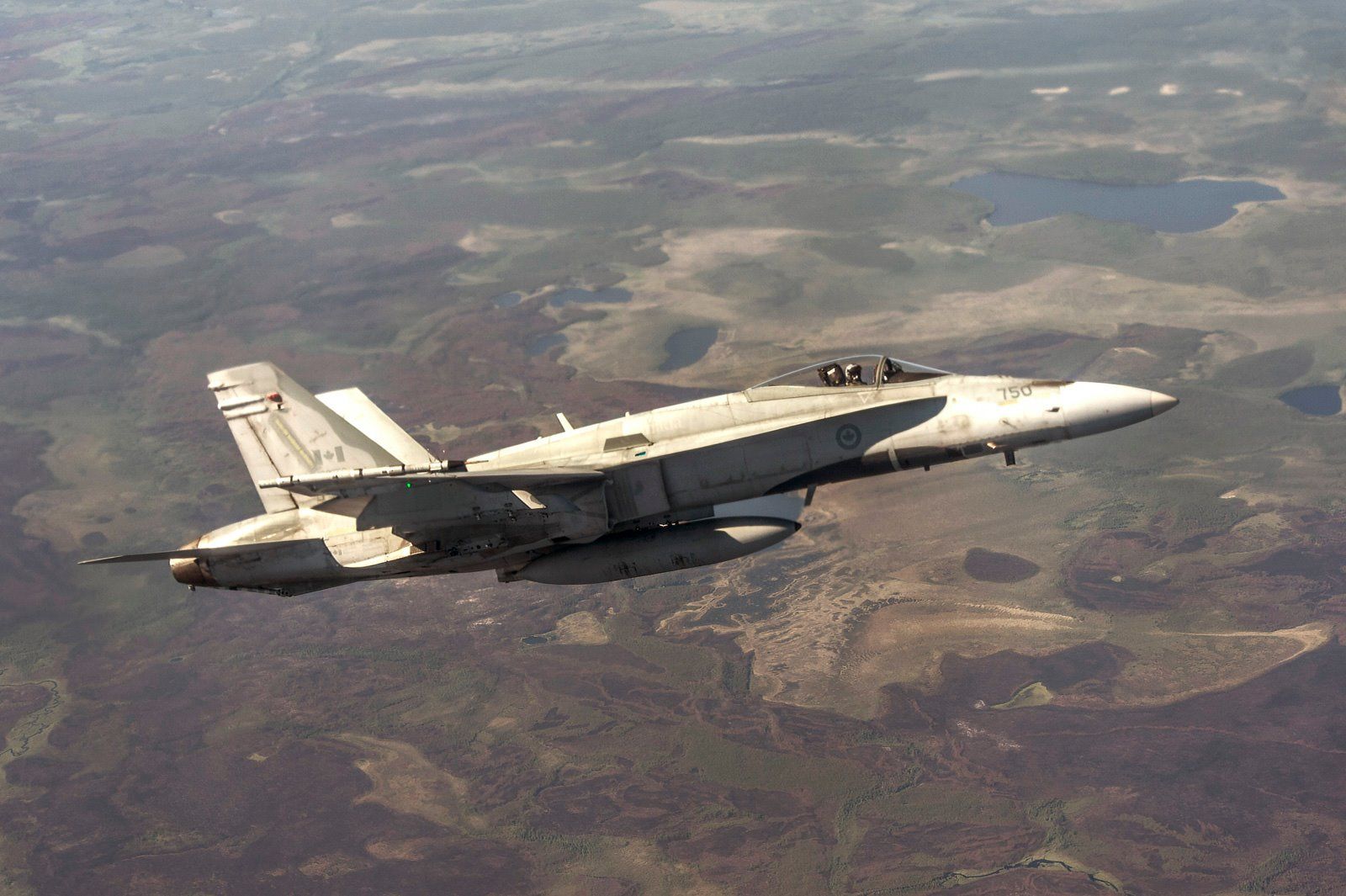
French Air Force Rafale Fighter aircraft
Ex MAPLE FLAG 49, 4 Wing Cold Lake, Alberta
Tuesday June 14, 2016.
Photo: Cpl Ian Thompson, 4 Wing Imaging
French Air Force Rafale Fighter aircraft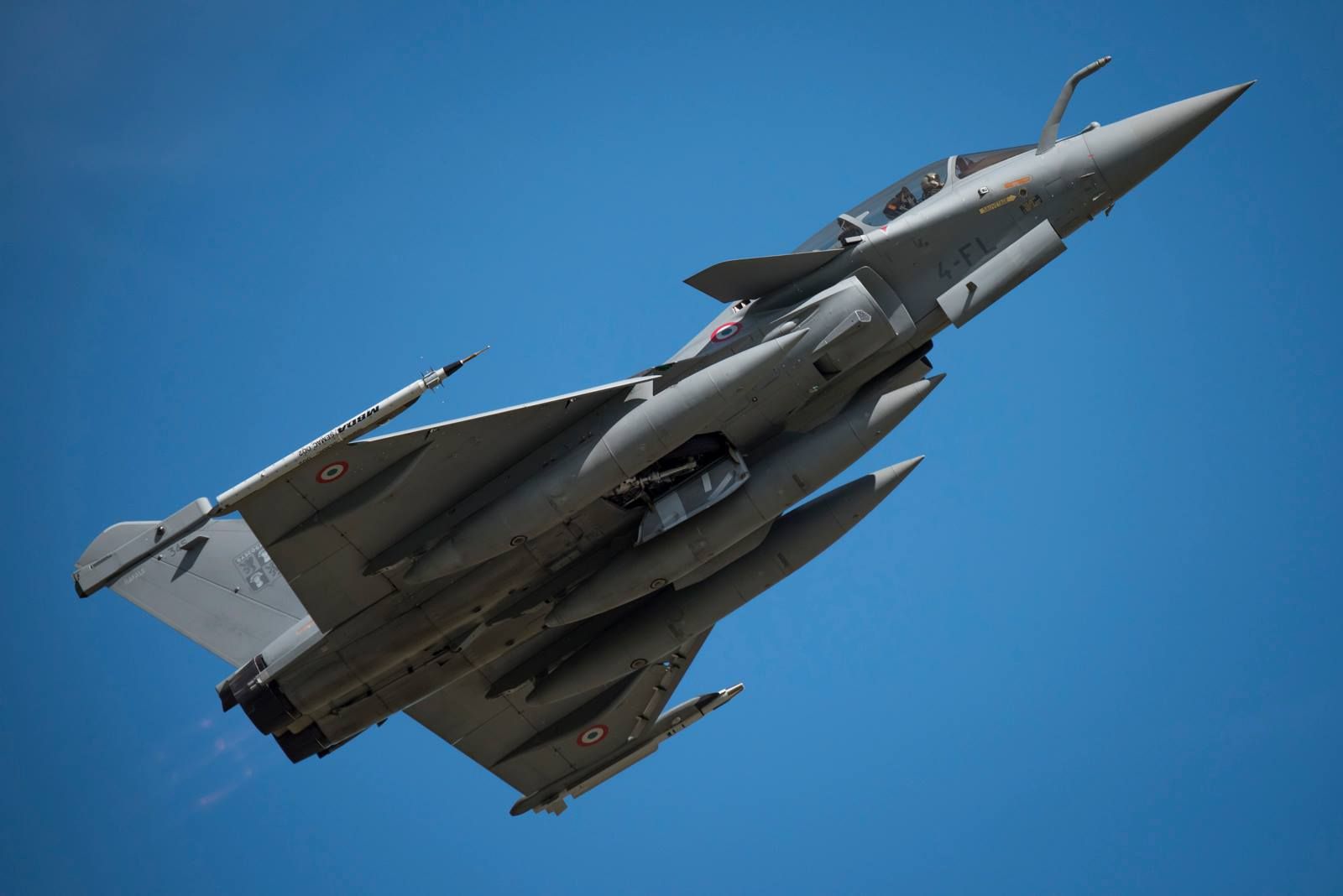
Ex MAPLE FLAG 49, 4 Wing Cold Lake, Alberta
Tuesday June 14, 2016.
Photo: Cpl Ian Thompson, 4 Wing Imaging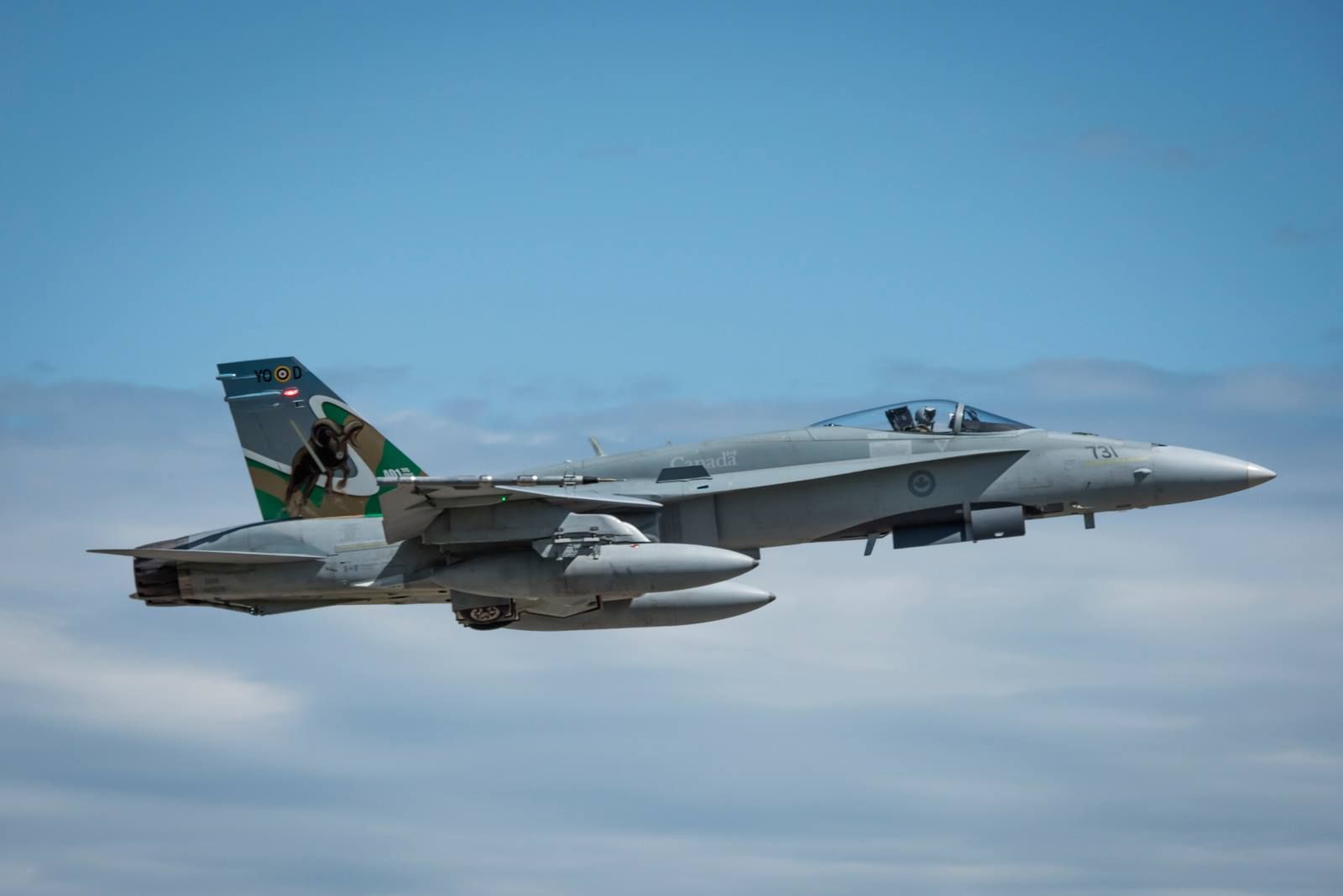
A significant moment in Air Force history, showcasing the evolution of Air Power?
A Bristol F2B Fighter joins with F/A-18F Super Hornets from Number 1 Squadron in an historical formation flight over RAAF Base Amberley.
The ?sortie? was conducted to commemorate Number 1 Squadron's Centenary of its ?first flying operations? which commenced on 12 June 1916.
The Bristol F2B Fighter is part of The Australian Vintage Aviation Society?s (TAVAS) WWI vintage aircraft fleet (tail number B1229).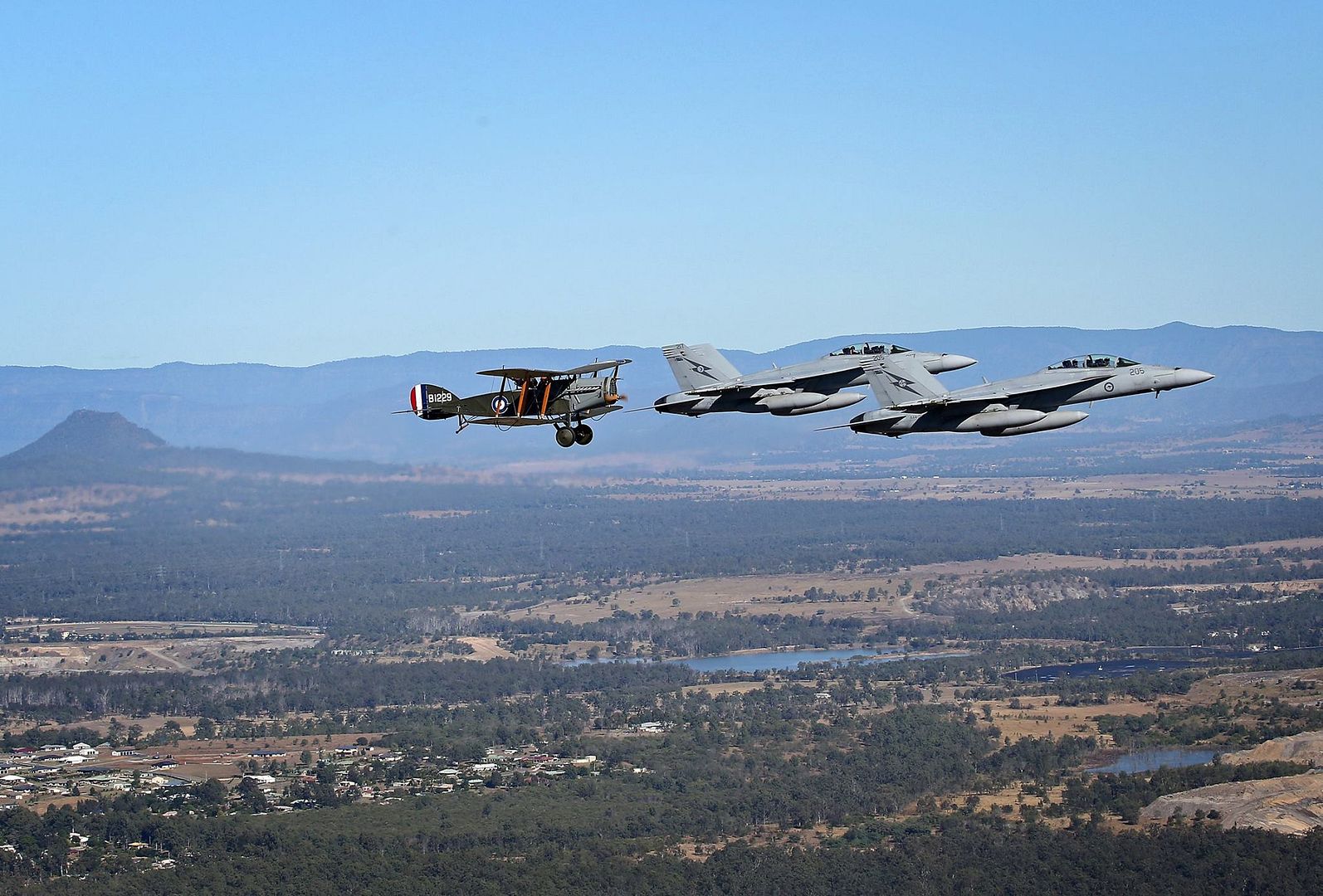
Painted with the markings in honour of former Number 1 Squadron pilot ? Sir Ross Macpherson Smith KBE, DFC (and two Bars), MC (and Bar), AFC - the warbird was proudly flown by 86-year old veteran pilot, Mr Jack McDonald and its participation in the flypast was a befitting tribute to mark the historic event.
Air-Air imagery credit: David White of www.canvaswings.com
Static ground imagery credit: CPL Casey Gaul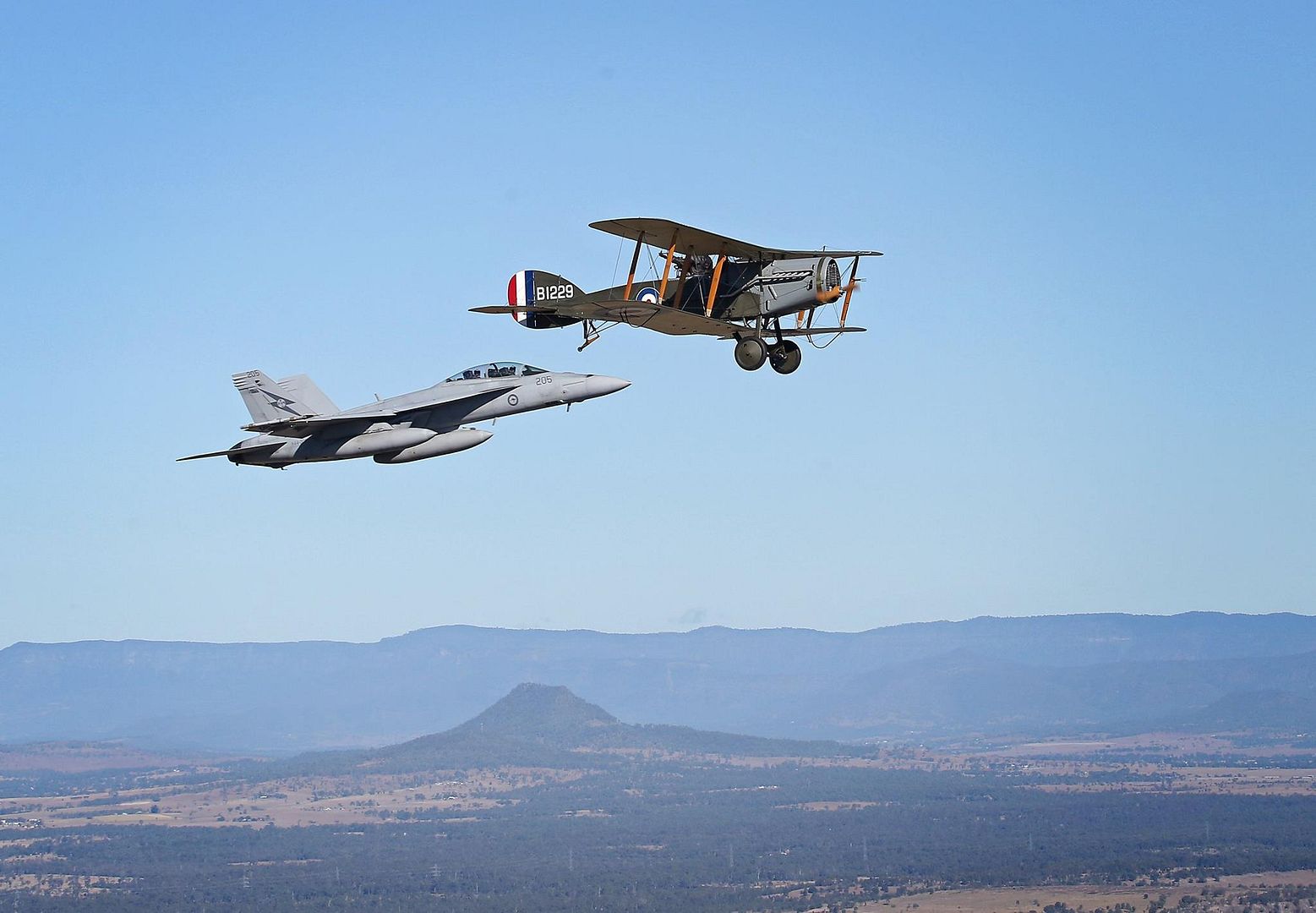
-
 Main AdminA B-52 Stratofortress is parked at the wash rack in the 2nd Maintenance Squadron at Barksdale Air Force Base, La., June 15, 2016. After an aircraft accumulates 450 flighthours, phase Airmen conduct a wash and a week-long inspection. The inspection allows Airmen to locate any possible repairs. (U.S. Air Force photo/Senior Airman Mozer O. Da Cunha)
Main AdminA B-52 Stratofortress is parked at the wash rack in the 2nd Maintenance Squadron at Barksdale Air Force Base, La., June 15, 2016. After an aircraft accumulates 450 flighthours, phase Airmen conduct a wash and a week-long inspection. The inspection allows Airmen to locate any possible repairs. (U.S. Air Force photo/Senior Airman Mozer O. Da Cunha)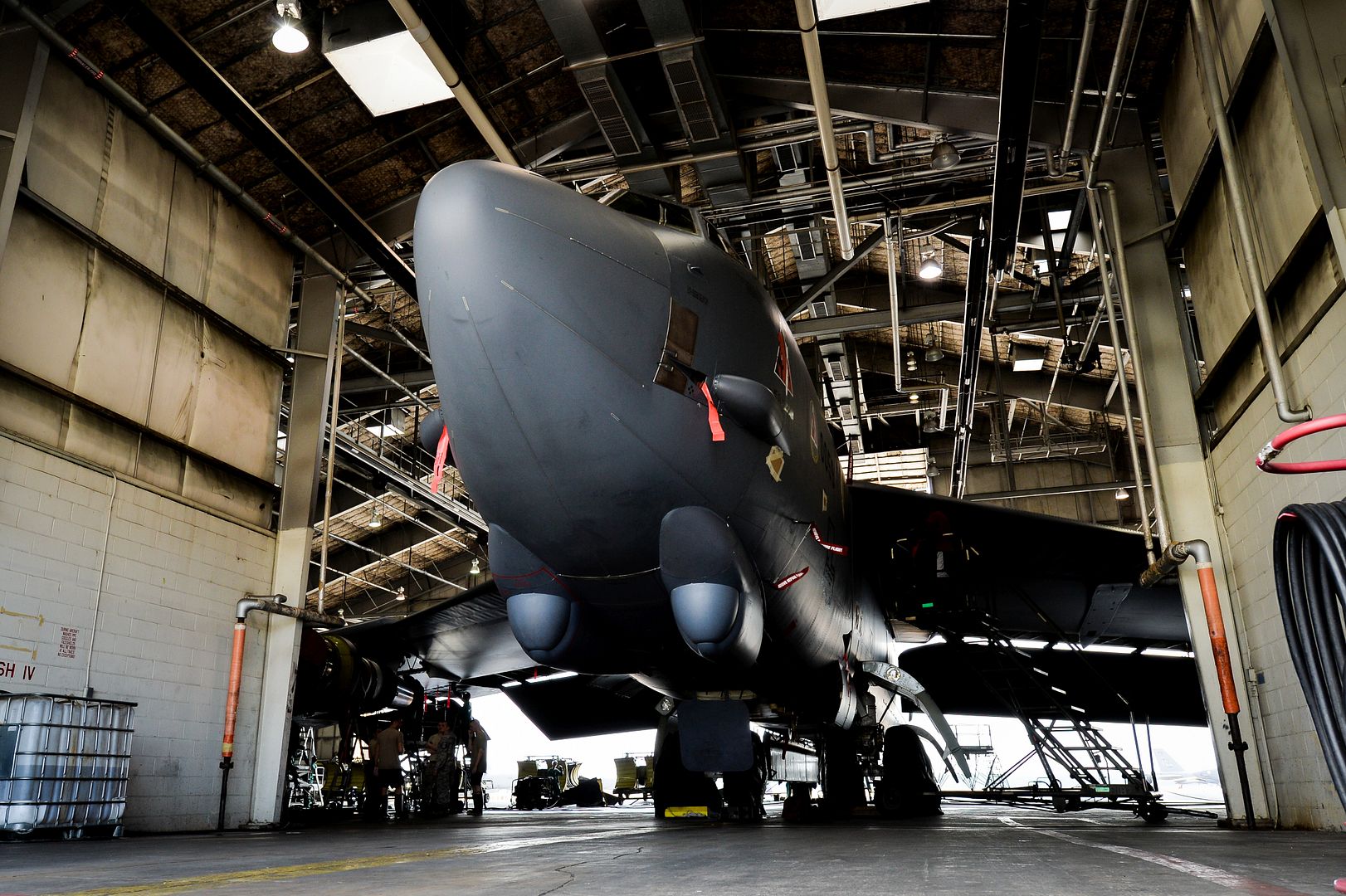
The sun rises behind an 89th Airlift Wing Special Airlift Mission C-20B at Joint Base Andrews, Md., June 15, 2016. The C-20B is one of six aircraft types the 89th AW maintains and operates, including the two iconic 'Air Force One' VC-25As, C-32As, C-40Bs, C-37Bs, C-37As and C-20Bs. (U.S. Air Force photo by Senior Master Sgt. Kevin Wallace/RELEASED)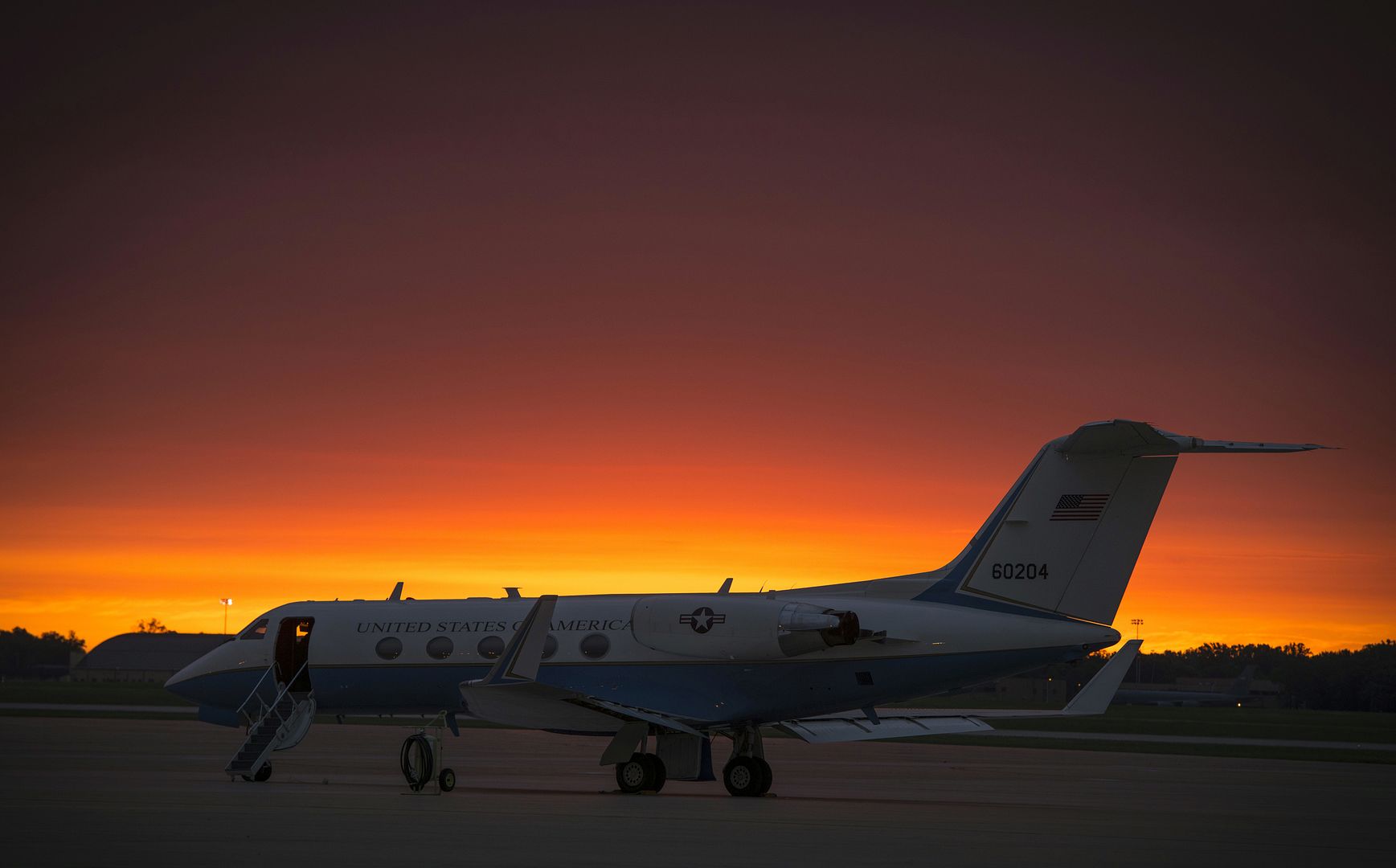
The sun rises behind an 89th Airlift Wing Special Airlift Mission C-40B at Joint Base Andrews, Md., June 15, 2016. The C-40B is one of six aircraft types the 89th AW maintains and operates, including the two iconic 'Air Force One' VC-25As, C-32As, C-40Bs, C-37Bs, C-37As and C-20Bs. (U.S. Air Force photo by Senior Master Sgt. Kevin Wallace/RELEASED)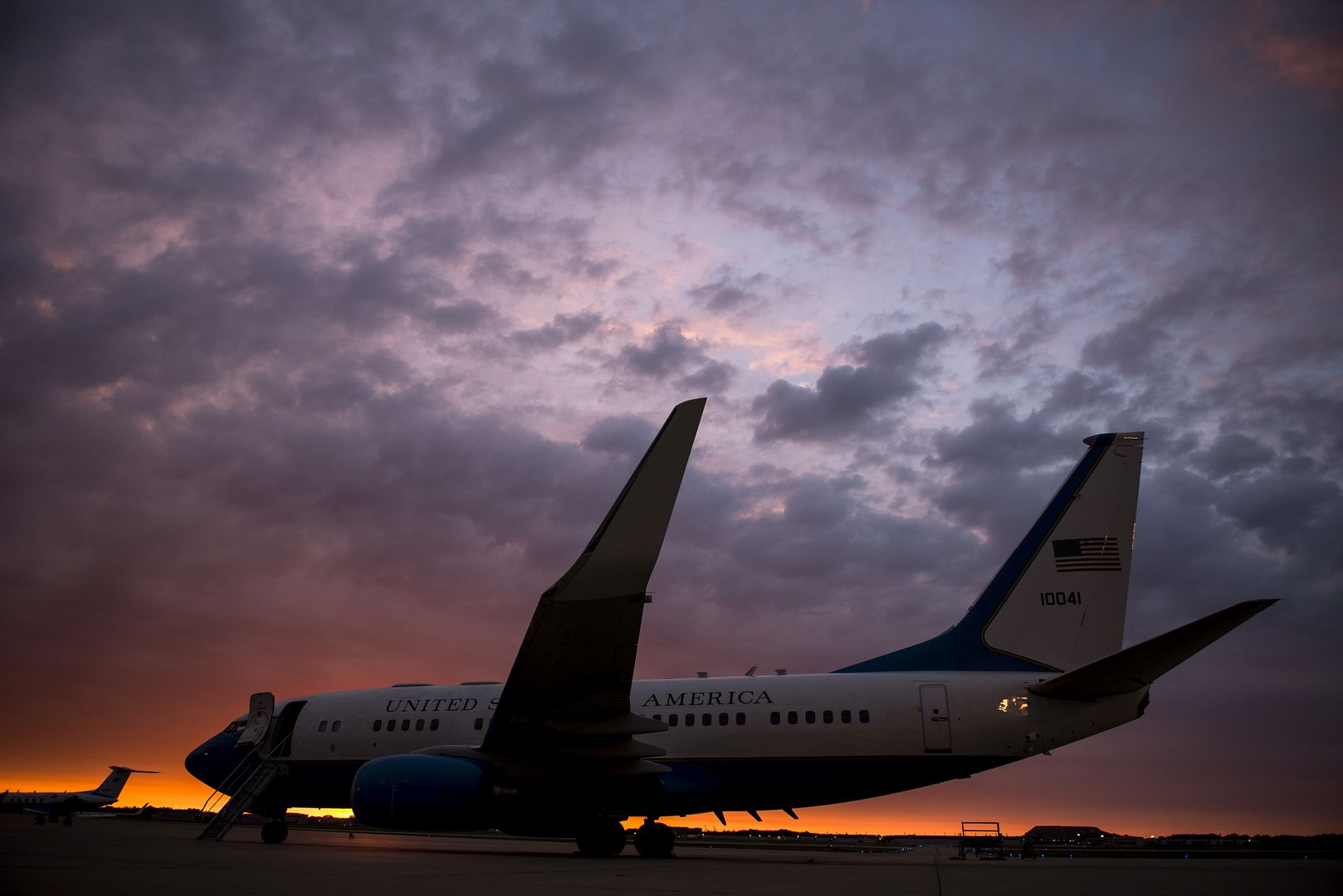
MEDITERRANEAN SEA (June 15, 2016) - Boatswain's Mate 2nd Class Alexander Mohney signals to an Italian AB212 helicopter assigned to 5th Gruppo Elicotteri on the flight deck of the guided-missile destroyer USS Mason (DDG 87). Mason, deployed as part of the Eisenhower Carrier Strike Group, is conducting naval operations in the U.S. 6th Fleet area of operations in support of U.S. national security interests in Europe. (U.S. Navy photo by Mass Communication Specialist 3rd Class Anderson W. Branch/Released)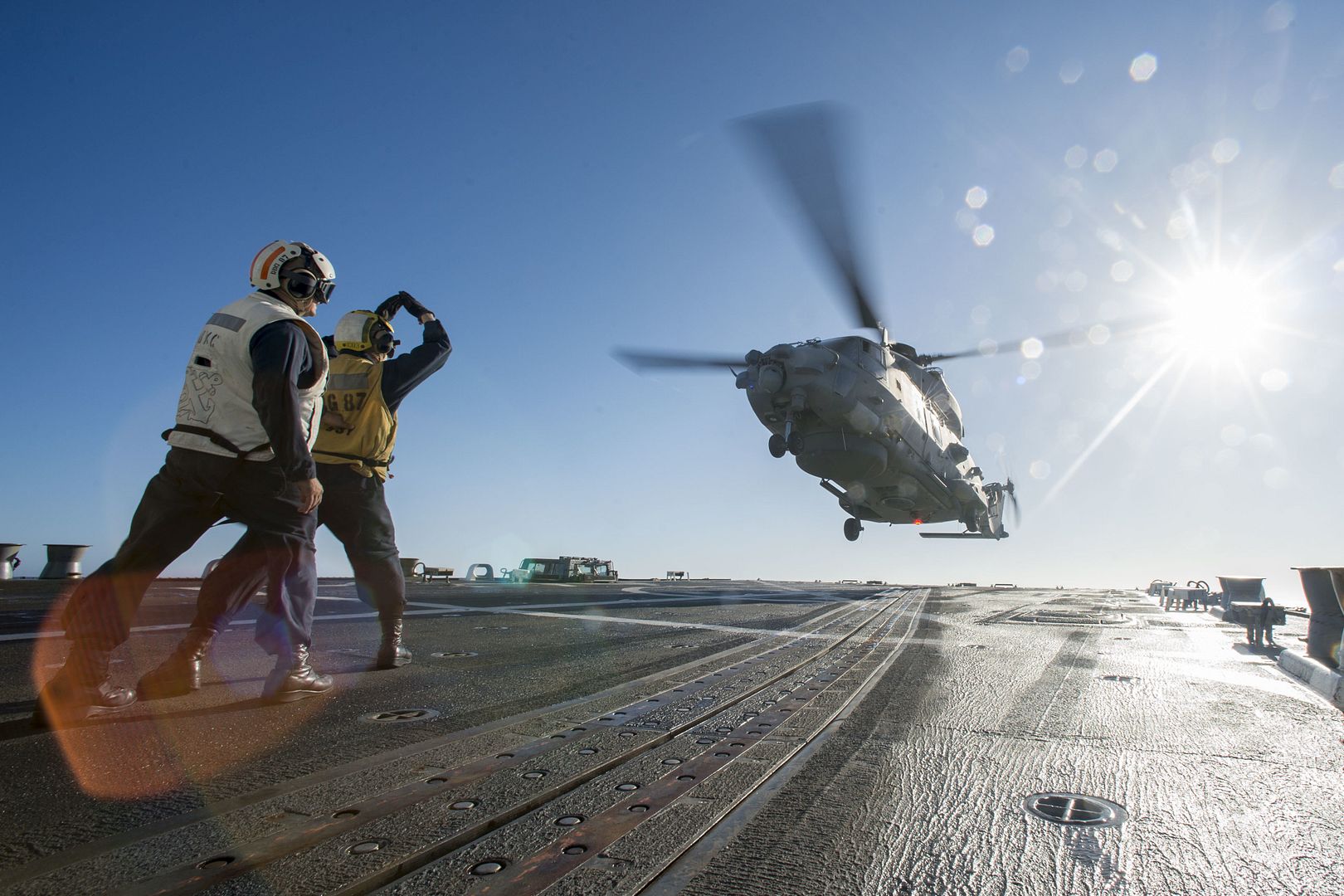
ARABIAN GULF (June 16, 2016) An AV-8B Harrier II, assigned to 13th Marine Expeditionary Unit (MEU), launches from the amphibious assault ship USS Boxer (LHD 4) to conduct missions in support of Operation Inherent Resolve. Boxer is the flagship for the Boxer Amphibious Ready Group and, with the embarked 13th Marine Expeditionary Unit, is deployed in support of maritime security operations and theater security cooperation efforts in the U.S. 5th Fleet area of operations. (U.S. Navy photo by Mass Communication Specialist 2nd Class Jose Jaen/Released)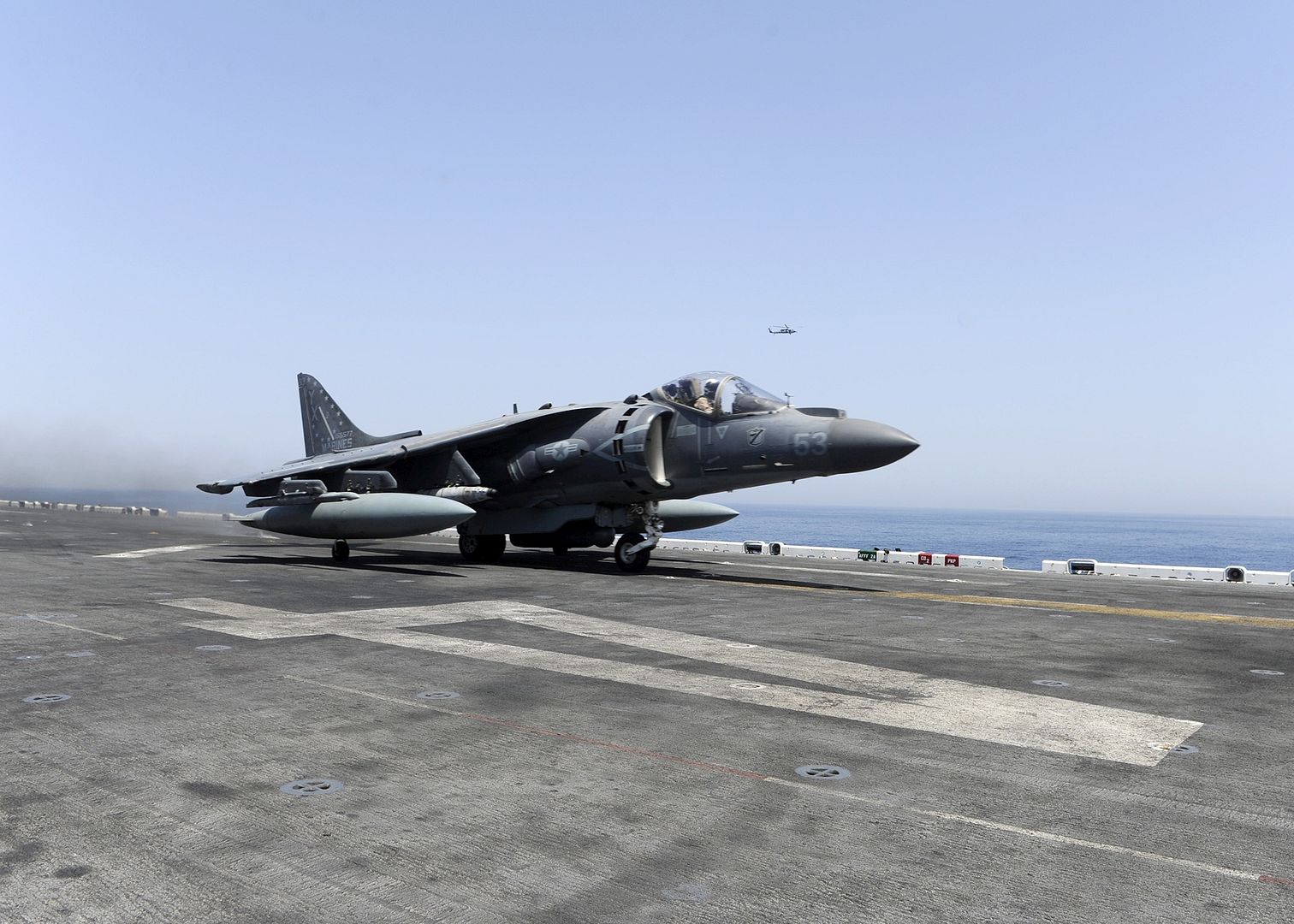
A U.S. Air Force Lockheed C-130 Hercules of 317th Airlift Group taxis on the Joint Multinational Readiness Center?s (JMRC) Short Takeoff and Landing Strip while conducting an AirLand operations to establish lodgement during Swift Response 16 training exercise at the Hohenfels Training Area, a part of the JMRC, in Hohenfels, Germany, Jun. 16, 2016. Exercise Swift Response is one of the premier military crisis response training events for multi-national airborne forces in the world. The exercise is designed to enhance the readiness of the combat core of the U.S. Global Response Force ? currently the 82nd Airborne Division?s 1st Brigade Combat Team ? to conduct rapid-response, joint-forcible entry and follow-on operations alongside Allied high-readiness forces in Europe. Swift Response 16 includes more than 5,000 Soldiers and Airmen from Belgium, France, Germany, Great Britain, Italy, the Netherlands, Poland, Portugal, Spain and the United States and takes place in Poland and Germany, May 27-June 26, 2016. (U.S. Army photo by Spc. Lloyd Villanueva/Released)
A C-130 Hercules, assigned to the 86th Airlift Wing, takes off from the 7th Army Joint Multinational Training Command?s Hohenfels Training Area, Germany, Short Take-Off Landing strip during Exercise Swift Response 16, June 16, 2016. Exercise Swift Response is one of the premier military crisis response training events for multi-national airborne forces in the world. The exercise is designed to enhance the readiness of the combat core of the U.S. Global Response Force - currently the 82nd Airborne Division's 1st Brigade Combat Team - to conduct rapid-response, joint-forcible entry and follow-on operations alongside Allied high-readiness forces in Europe. Swift Response 16 includes more than 5,000 Soldiers and Airmen from Belgium, France, Germany, Great Britain, Italy, the Netherlands, Poland, Portugal, Spain and the United States and takes place in Poland and Germany, May 27-June 26, 2016. (U.S. Army photo by Visual Information Specialist Gertrud Zach/released)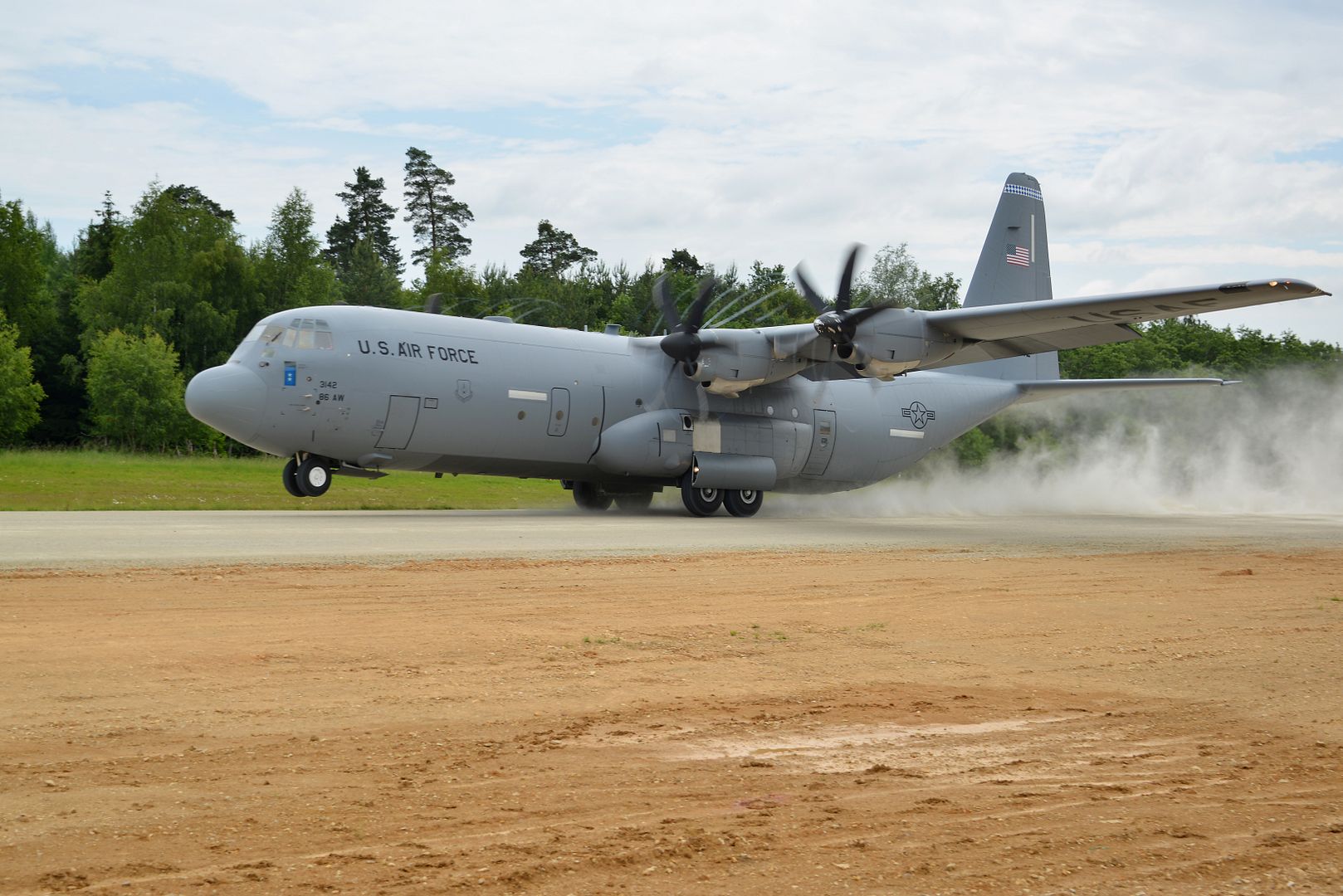
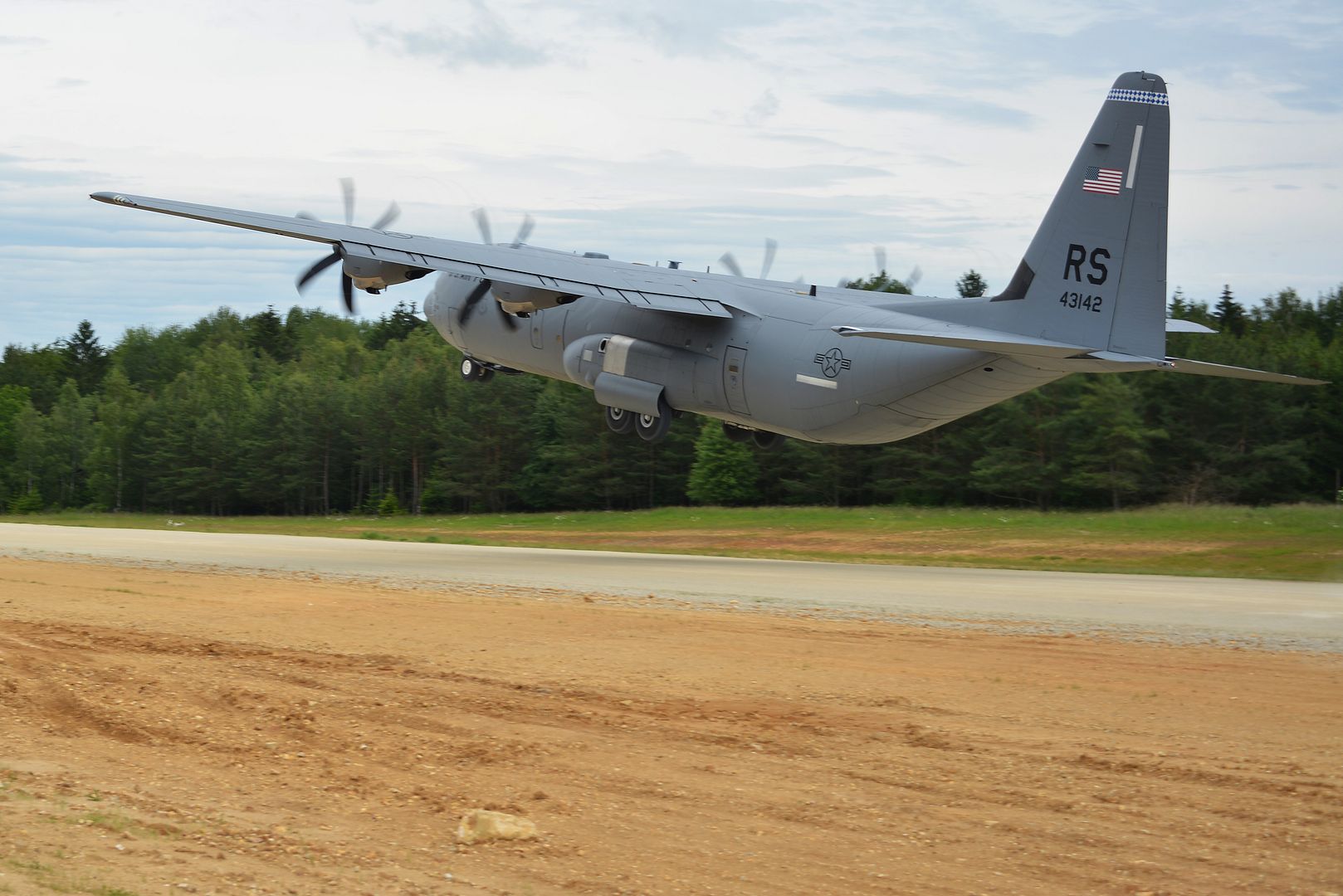
BLACK SEA (June 16, 2016) Romanian Navy Combat Divers rappel from an IAR-330 medium helicopter onto the flight deck of USS Porter (DDG 78). Porter, an Arleigh Burke-class guided-missile destroyer, forward-deployed to Rota, Spain, is conducting a routine patrol in the U.S. 6th Fleet area of operations in support of U.S. national security interests in Europe. (U.S. Navy Photo by Mass Communication Specialist 3rd Class Robert S. Price/Released)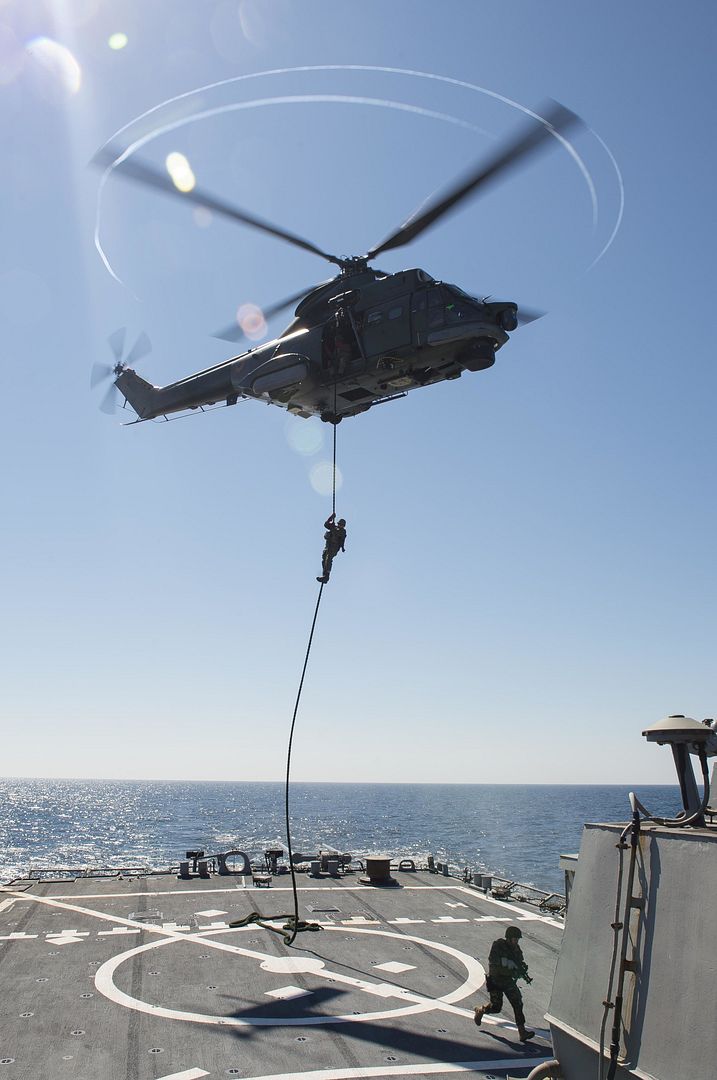
MEDITERRANEAN SEA (June 16, 2016) A C2-A Greyhound, assigned to the "Rawhides" of Fleet Logistics Support (VRC) 40, lands on the flight deck of aircraft carrier USS Harry S. Truman (CVN 75). Harry S. Truman Carrier Strike Group is deployed in support of Operation Inherent Resolve, maritime security operations and theater security cooperation efforts in the U.S. 6th Fleet area of operations. (U.S. Navy photo by Mass Communication Specialist 3rd Class Anthony Flynn/Released)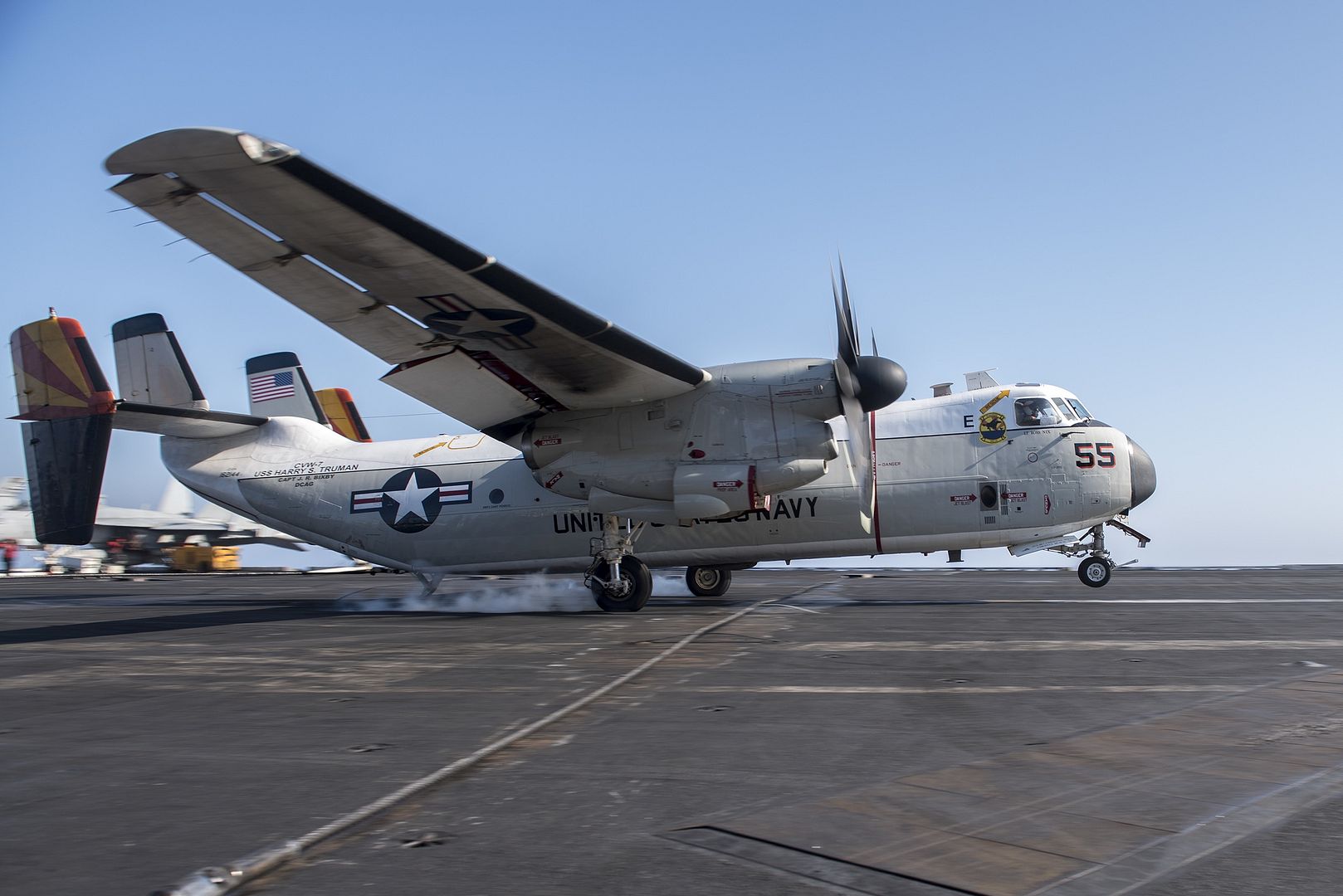
PHILIPPINE SEA (June 18, 2016) A combined formation of aircraft from Carrier Air Wing (CVW) 5 and Carrier Air Wing (CVW) 9 pass in formation above the Nimitz-class aircraft carrier USS Ronald Reagan (CVN 76). The form formation included E-2C Hawk Eyes, F/A-18F Super Hornets and EA-18G Growlers from the ?Golden Hawks? of Airborne Early Warning Squadron (VAW) 112, the ?Liberty Bells? of Airborne Early Warning Squadron (VAW) 115, the ?Tophatters? of Strike Fighter Squadron (VFA) 14, the ?Dambusters? of Strike Fighter Squadron (VFA) 195, the ?Shadow Hawks? of Electronic Attack Squadron (VAQ) 141, and the ?Wizards? of Electronic Attack Squadron (VAQ) 133. The Nimitz-class aircraft carriers USS John C. Stennis (CVN 74) and USS Ronald Reagan (CVN 76) conduct dual aircraft carrier strike group operations in the U.S. 7th Fleet area of operations in support of security and stability in the Indo-Asia-Pacific. The operations mark the U.S. Navy's continued presence throughout the area of responsibility. (U.S. Navy photo by Lt. Cmdr. Jacob Lerner/Released)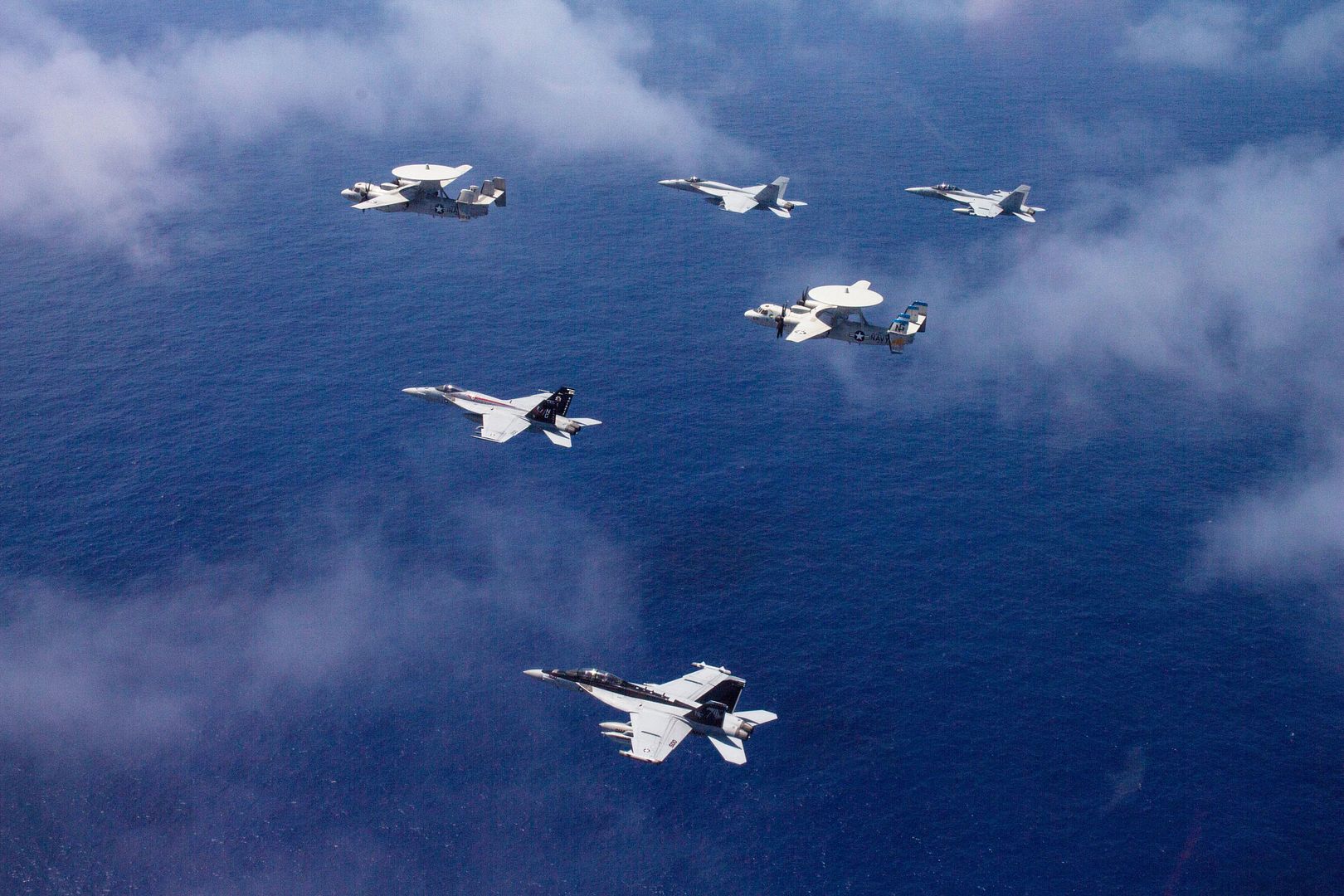
-
 Main AdminA CH-47 Chinook helicopter, assigned to the Peace Prairie CH-47 Chinook helicopter detachment, Republic of Singapore Air Force, prepares to take off for air operation in support of the Golden Coyote exercise, Ellsworth Air Force Base, S.D., June 17, 2016. The Golden Coyote exercise is a three-phase, scenario-driven exercise conducted in the Black Hills of South Dakota and Wyoming, which enables commanders to focus on mission essential task requirements, warrior tasks and drills. (U.S. Army photo by Spc. Gary Silverman/Released)
Main AdminA CH-47 Chinook helicopter, assigned to the Peace Prairie CH-47 Chinook helicopter detachment, Republic of Singapore Air Force, prepares to take off for air operation in support of the Golden Coyote exercise, Ellsworth Air Force Base, S.D., June 17, 2016. The Golden Coyote exercise is a three-phase, scenario-driven exercise conducted in the Black Hills of South Dakota and Wyoming, which enables commanders to focus on mission essential task requirements, warrior tasks and drills. (U.S. Army photo by Spc. Gary Silverman/Released)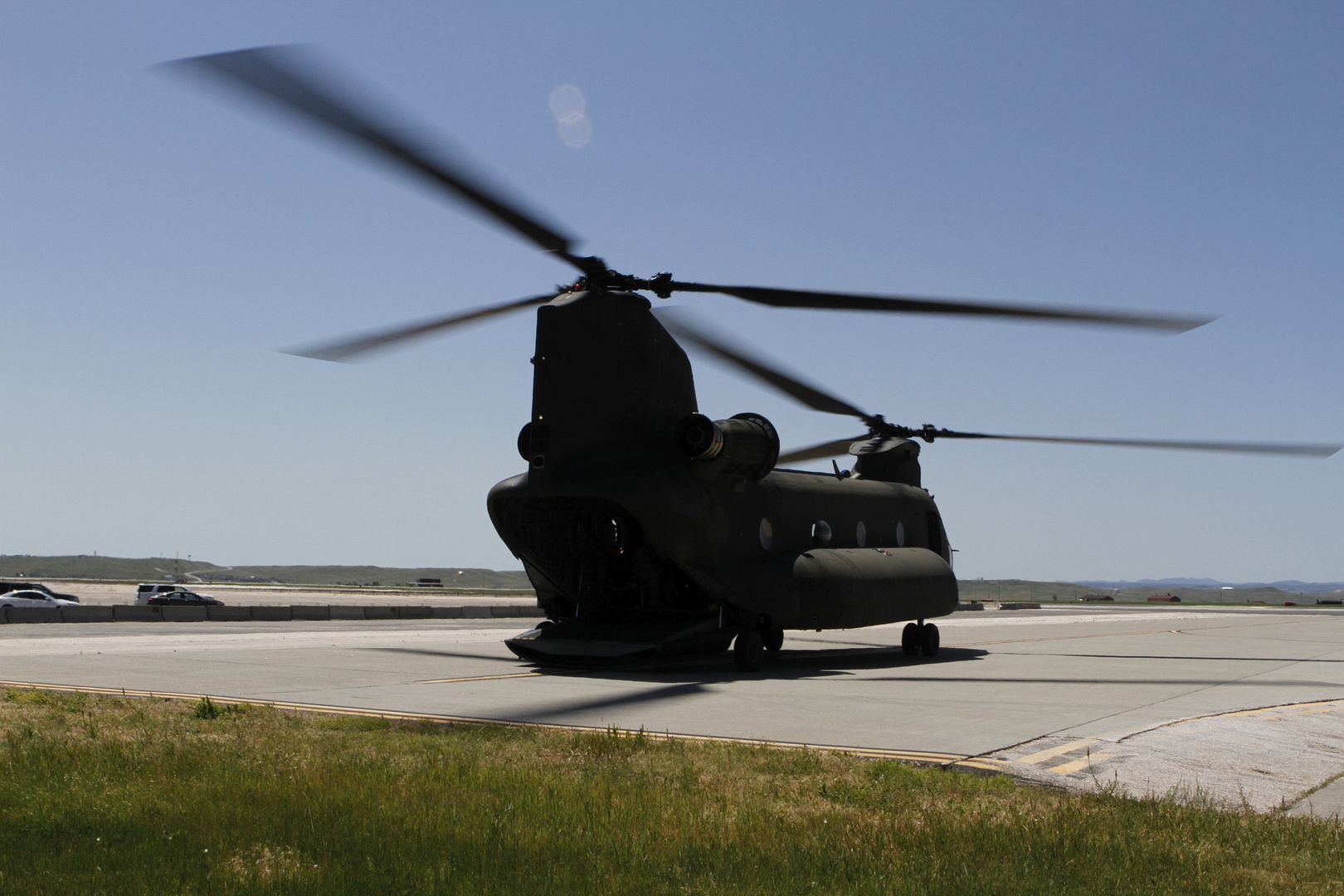
PHILIPPINE SEA (June 18, 2016) An F/A-18E Super Hornet from the ?Dambusters? of Strike Fighter Squadron (VFA) 195 launches from the flight deck of the Navy?s only forward-deployed aircraft carrier USS Ronald Reagan (CVN 76). The Nimitz-class Aircraft carriers USS John C. Stennis (CVN 74) and USS Ronald Reagan (CVN 76) conduct dual aircraft carrier strike group operations in the U.S. 7th Fleet area of operations in support of security and stability in the Indo-Asia-Pacific. The operations mark the U.S. Navy?s continued presence throughout the area of responsibility. (U.S. Navy photo by Mass Communication Specialist 3rd Class Matthew Riggs/Released)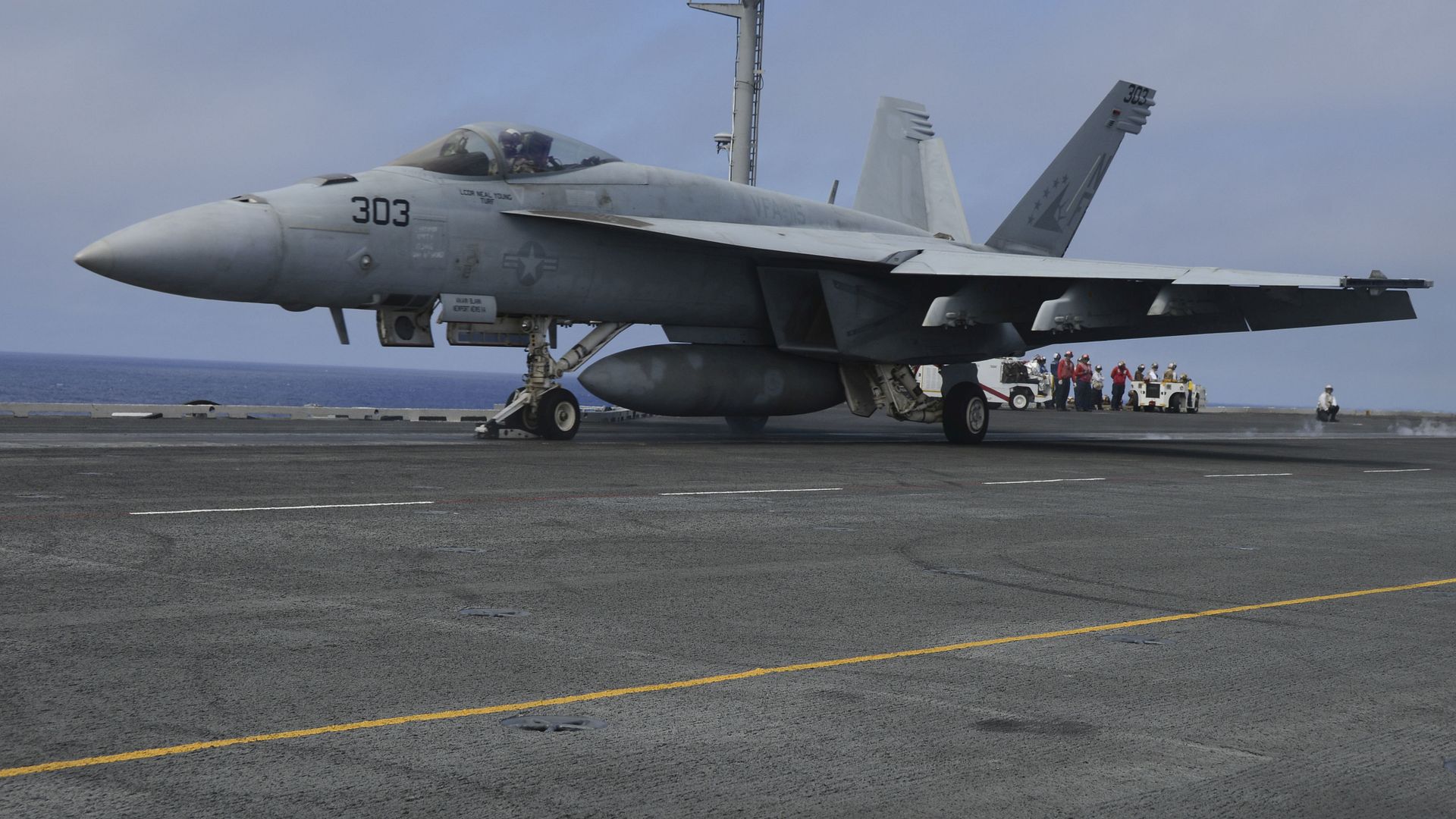
PHILIPPINE SEA (June 18, 2016) An F/A-18E Super Hornet from the ?Eagles? of Strike Fighter Squadron (VFA) 115 launches from the flight deck of the Navy?s only forward-deployed aircraft carrier USS Ronald Reagan (CVN 76). The Nimitz-class Aircraft carriers USS John C. Stennis (CVN 74) and USS Ronald Reagan (CVN 76) conduct dual aircraft carrier strike group operations in the U.S. 7th Fleet area of operations in support of security and stability in the Indo-Asia-Pacific. The operations mark the U.S. Navy?s continued presence throughout the area of responsibility. (U.S. Navy photo by Mass Communication Specialist 3rd Class Matthew Riggs/Released)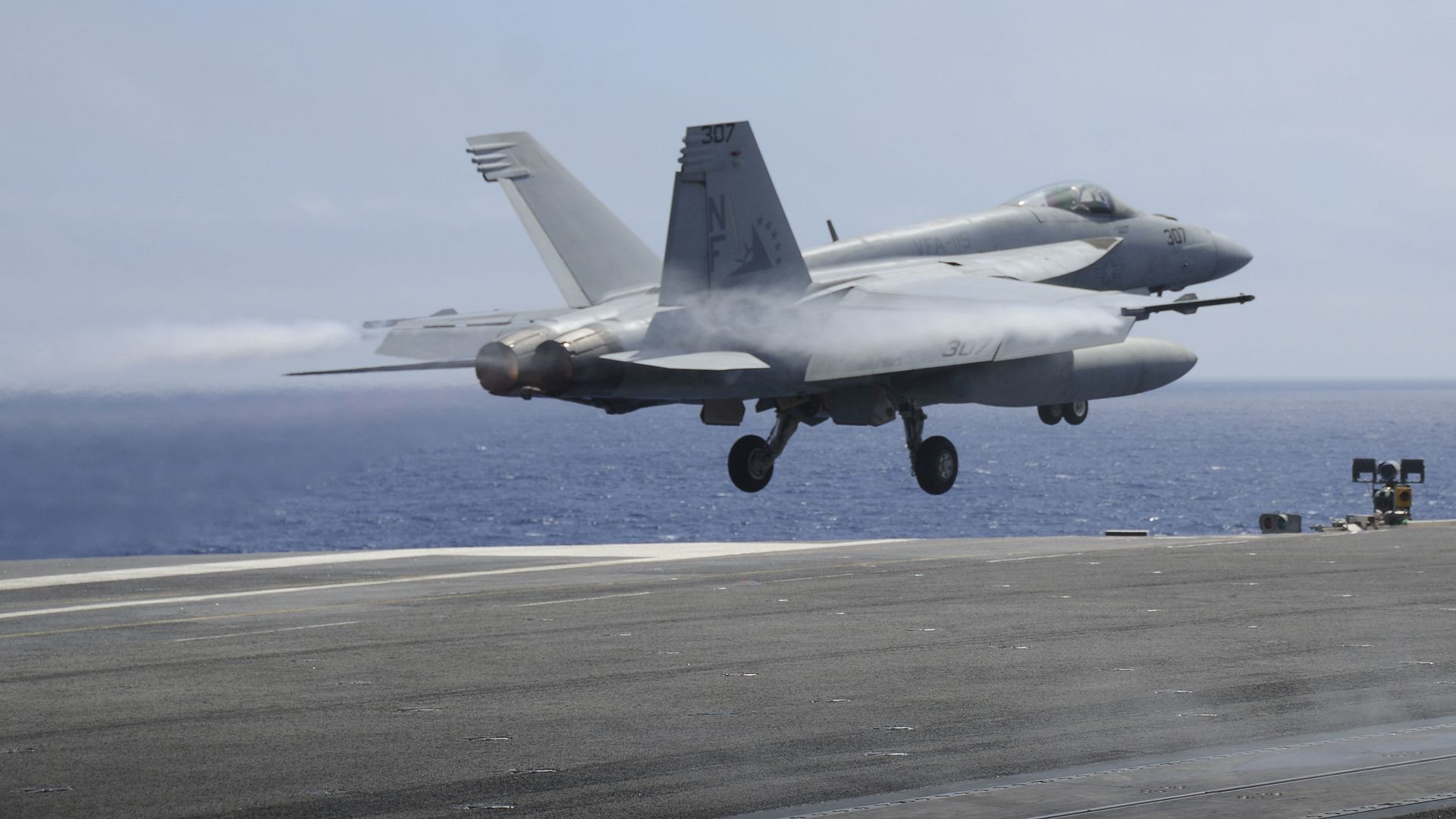
PHILIPPINE SEA (June 18, 2016) An E-2C Hawkeye from the ?Liberty Bells? of Airborne Early Warning Squadron (VAW) 115 transits the flight deck of the Navy?s only forward-deployed aircraft carrier USS Ronald Reagan (CVN 76). The Nimitz-class Aircraft carriers USS John C. Stennis (CVN 74) and USS Ronald Reagan (CVN 76) conduct dual aircraft carrier strike group operations in the U.S. 7th Fleet area of operations in support of security and stability in the Indo-Asia-Pacific. The operations mark the U.S. Navy?s continued presence throughout the area of responsibility. (U.S. Navy photo by Mass Communication Specialist 3rd Class Matthew Riggs/Released)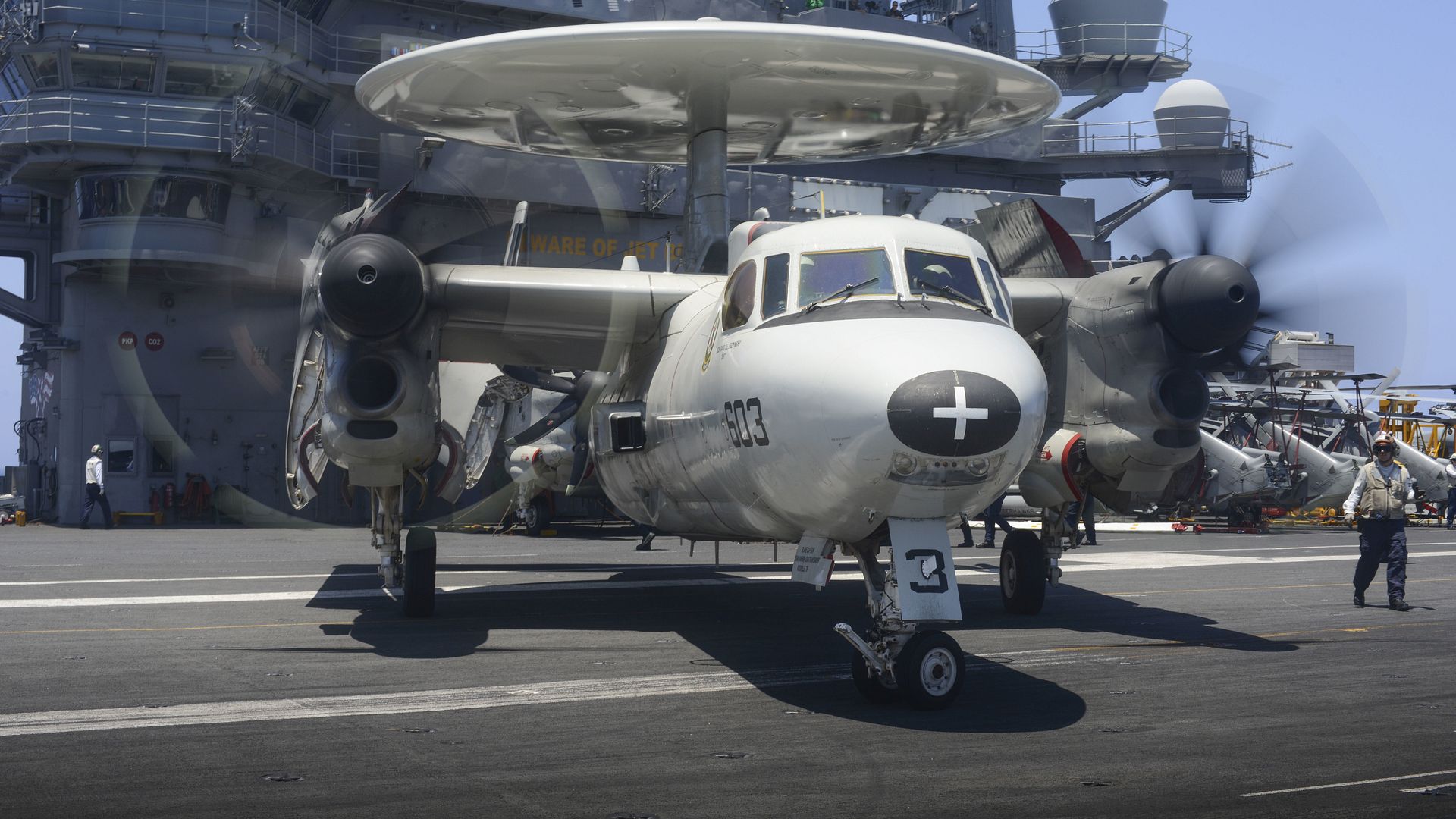
PHILIPPINE SEA (June 18, 2016) The aircraft carriers USS John C. Stennis (CVN 74) and USS Ronald Reagan (CVN 76) transit the Philippine Sea while conducting dual-carrier operations. Providing a ready force supporting security and stability in the Indo-Asia-Pacific, the John C. Stennis Strike Group is operating as the Great Green Fleet on a regularly scheduled 7th Fleet deployment. (U.S. Navy photo by Mass Communication Specialist 2nd Class Ryan J. Batchelder/Released)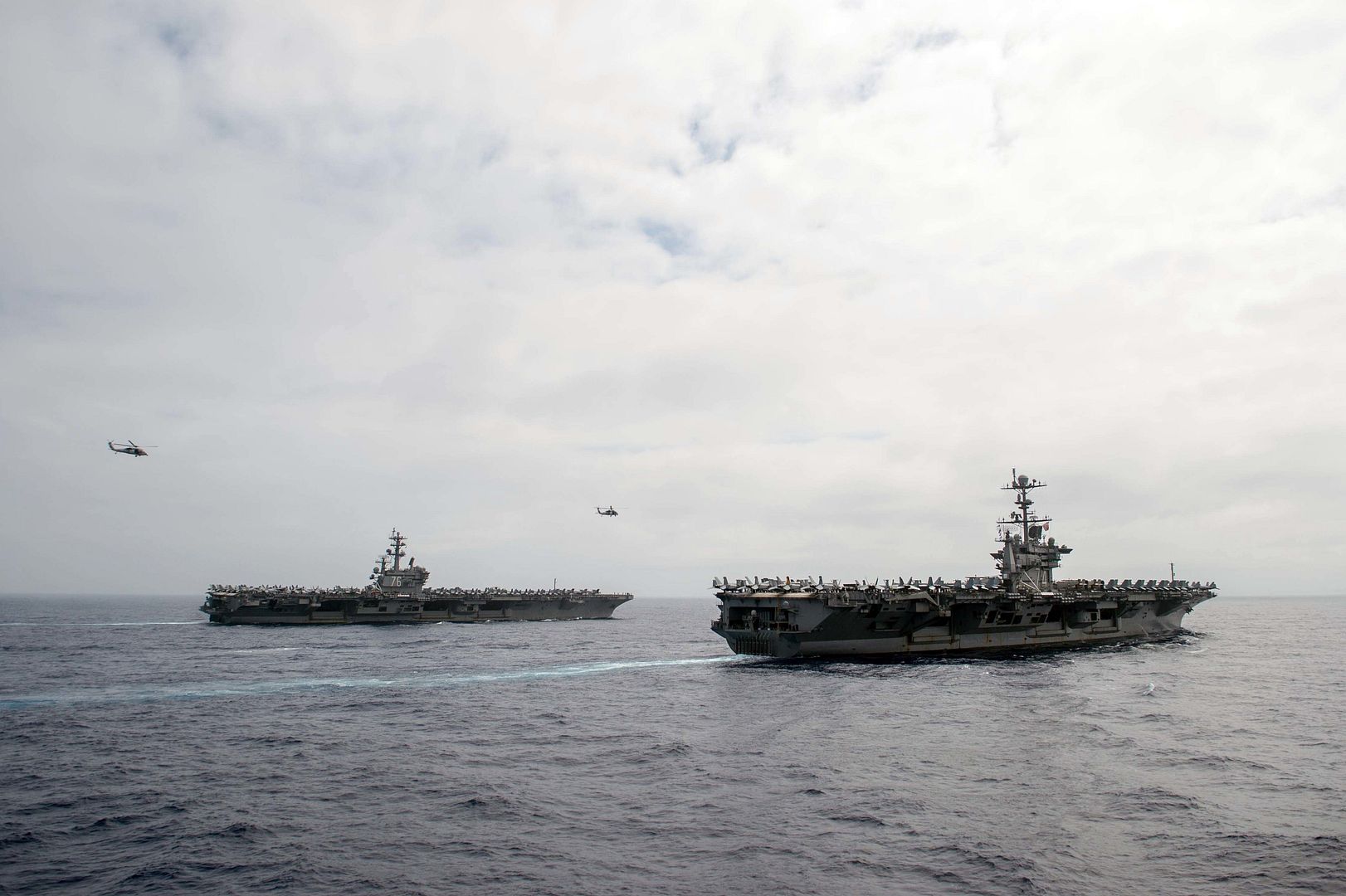
Post a reply
- Go to Previous topic
- Go to Next topic
- Go to Welcome
- Go to Introduce Yourself
- Go to General Discussion
- Go to Screenshots, Images and Videos
- Go to Off topic
- Go to Works in Progress
- Go to Skinning Tips / Tutorials
- Go to Skin Requests
- Go to IJAAF Library
- Go to Luftwaffe Library
- Go to RAF Library
- Go to USAAF / USN Library
- Go to Misc Library
- Go to The Ops Room
- Go to Made in Germany
- Go to Campaigns and Missions
- Go to Works in Progress
- Go to Juri's Air-Raid Shelter
- Go to Campaigns and Missions
- Go to Works in Progress
- Go to Skinpacks
- Go to External Projects Discussion
- Go to Books & Resources
